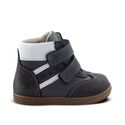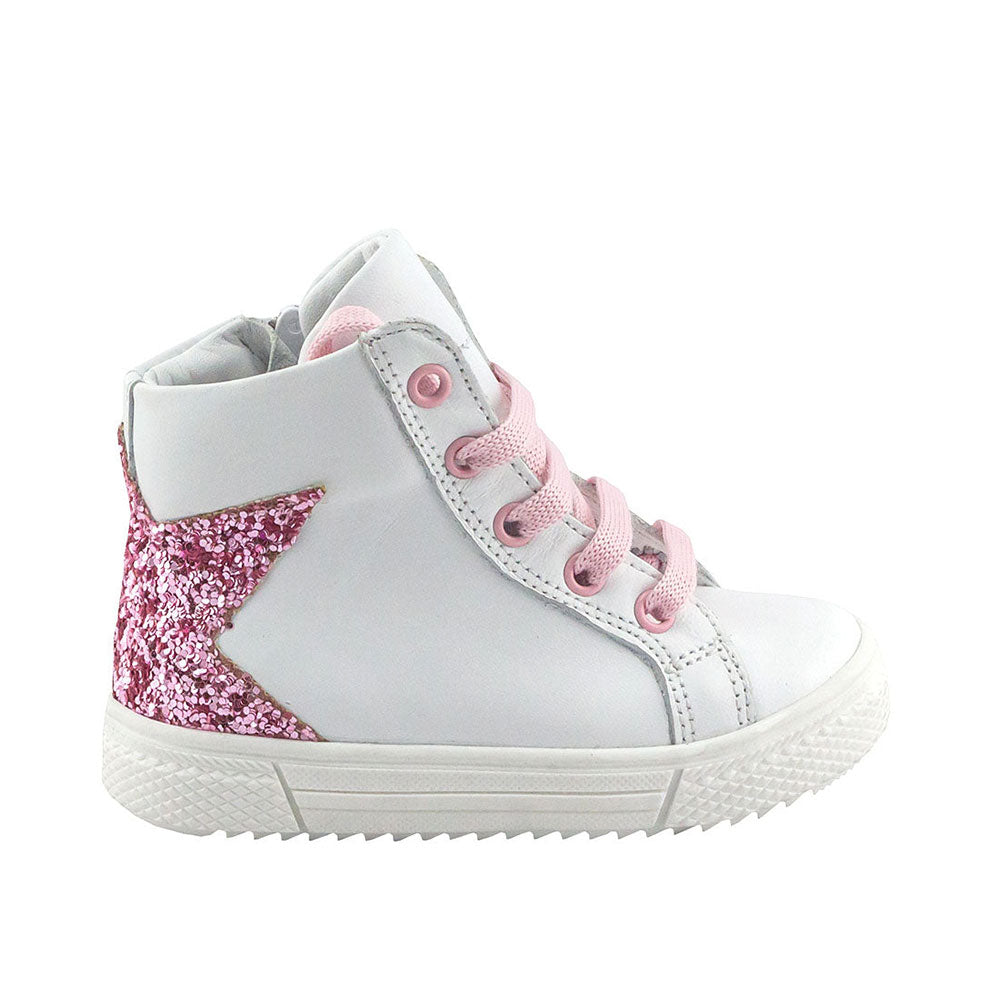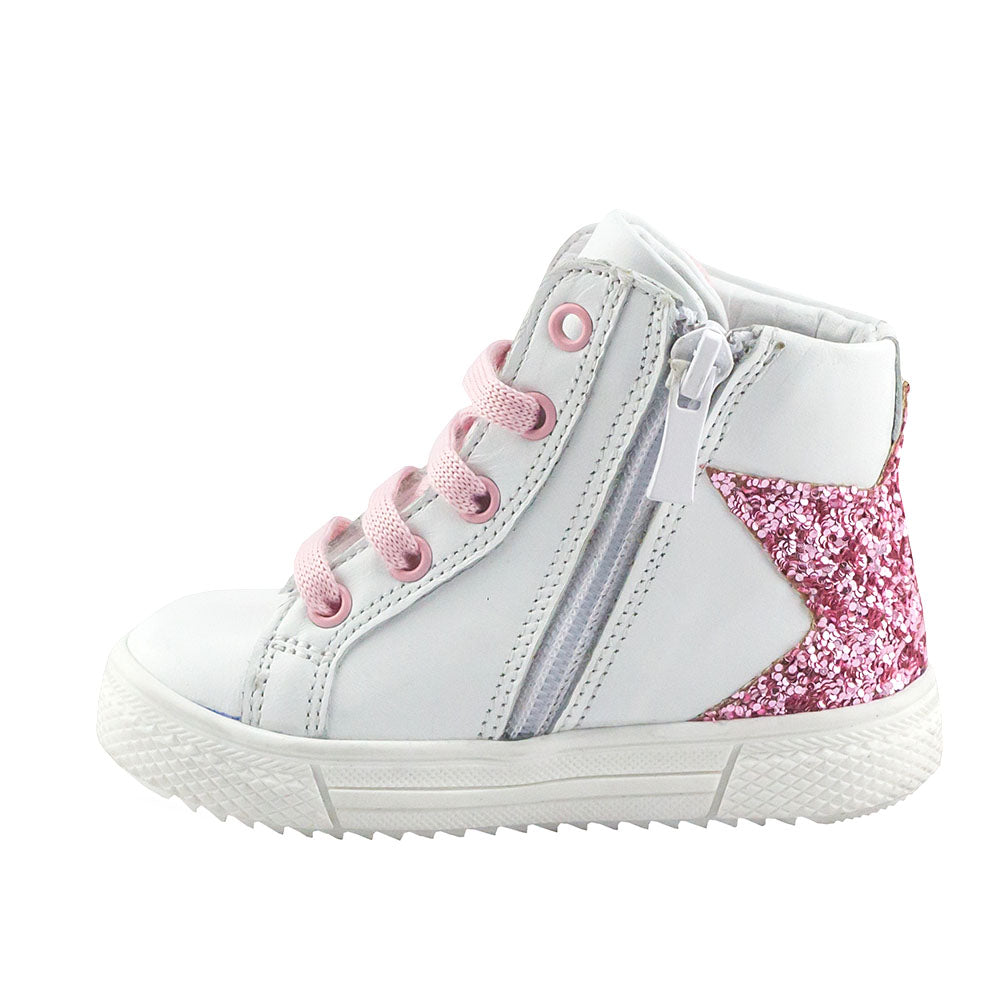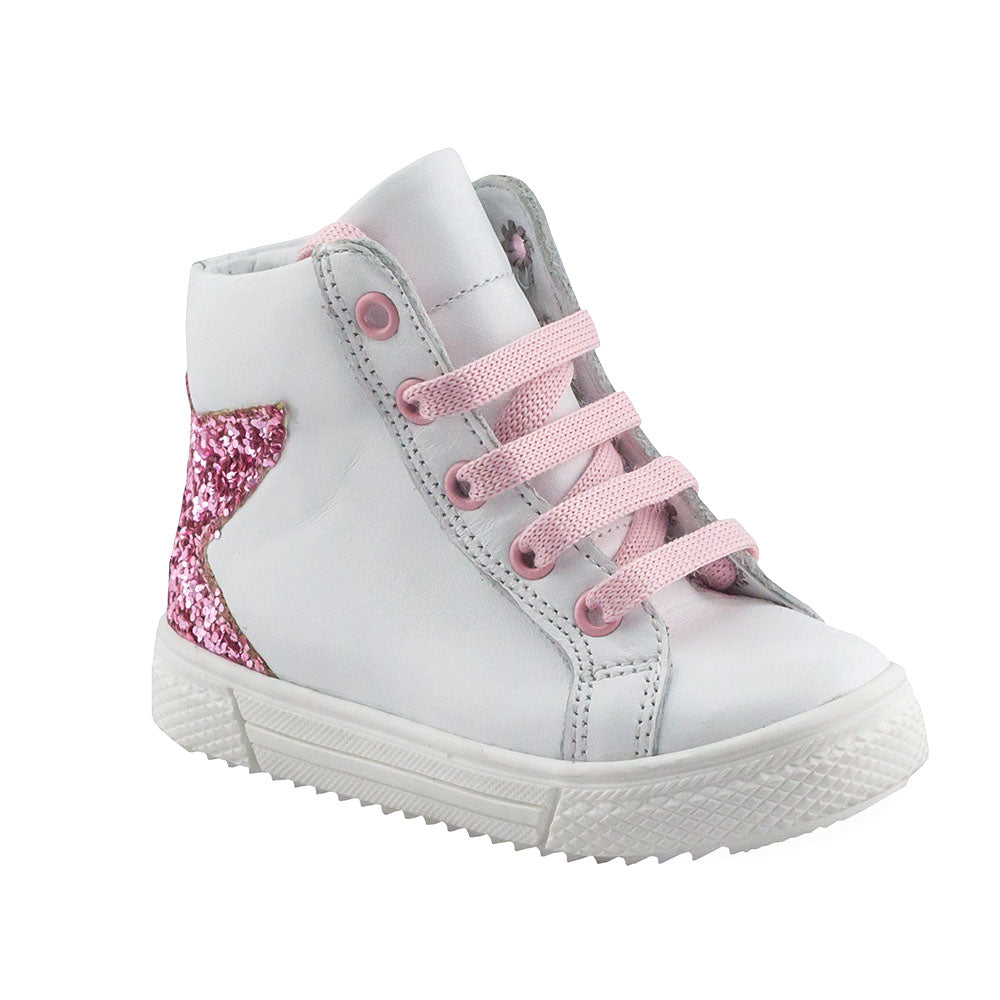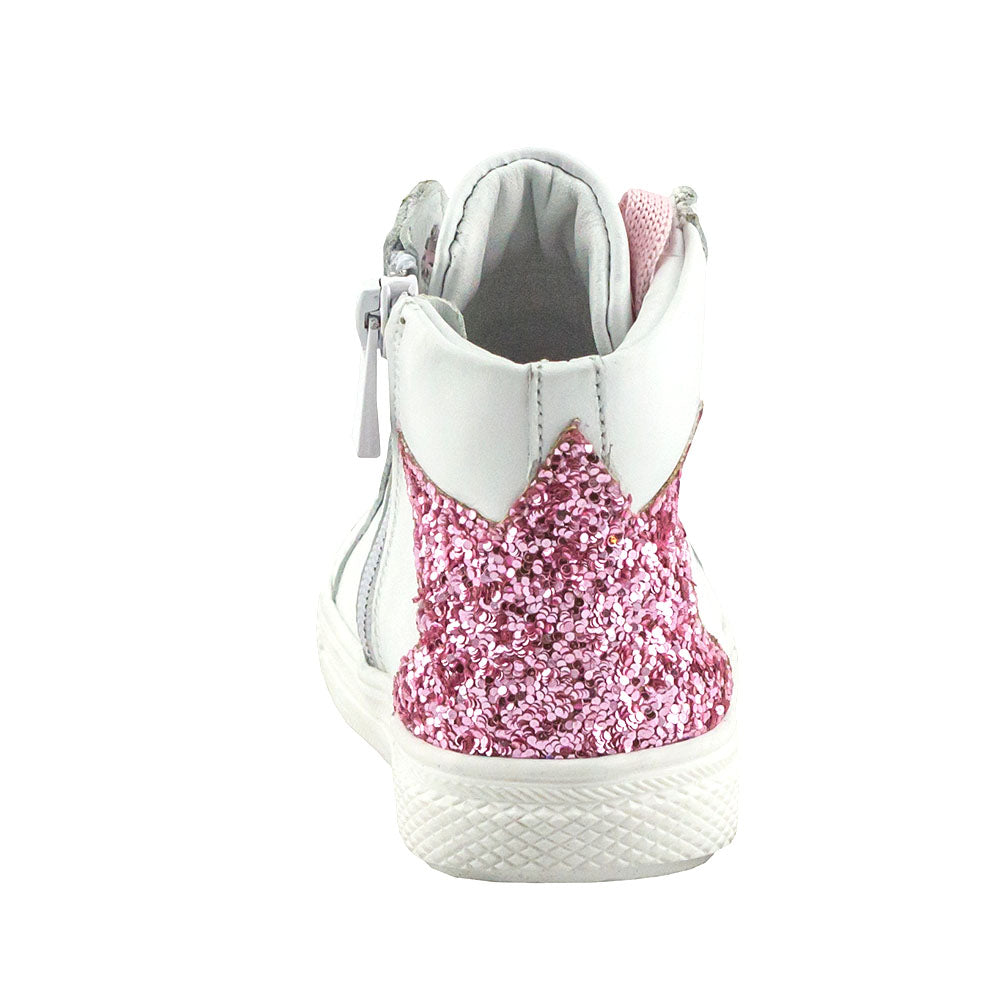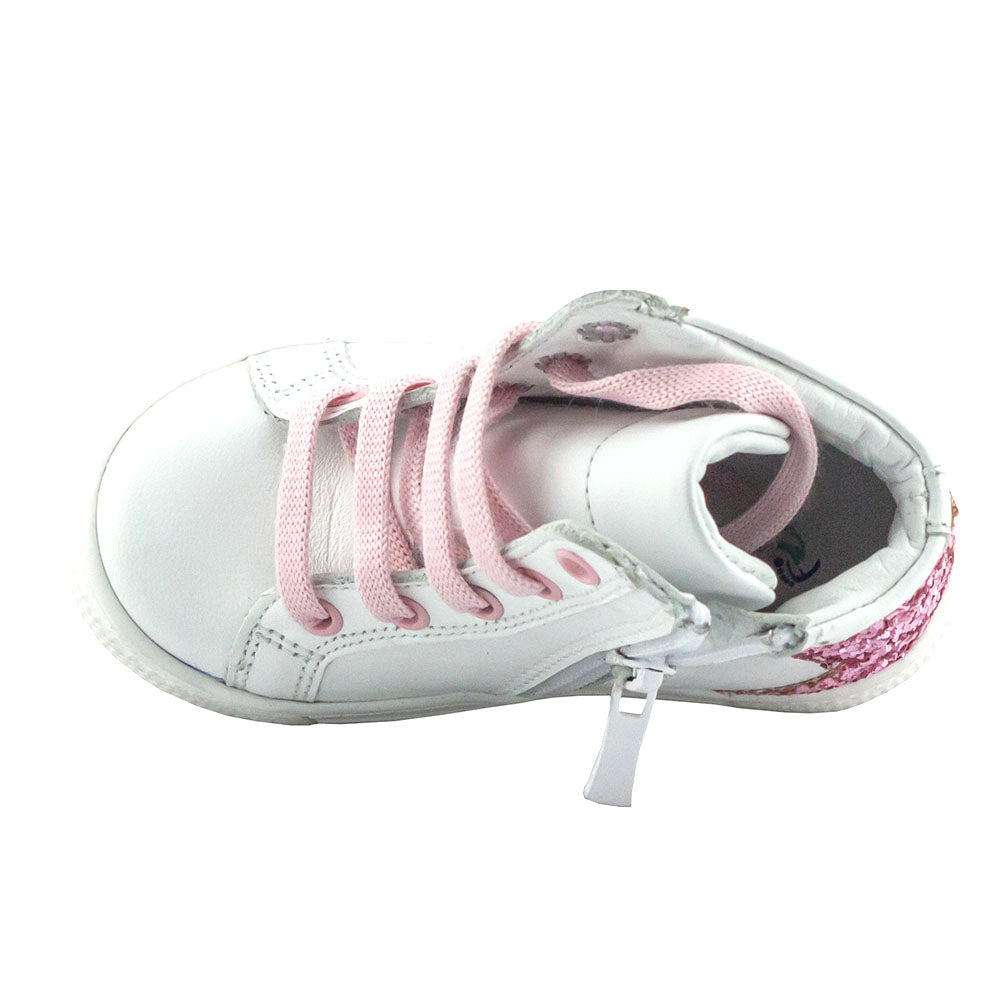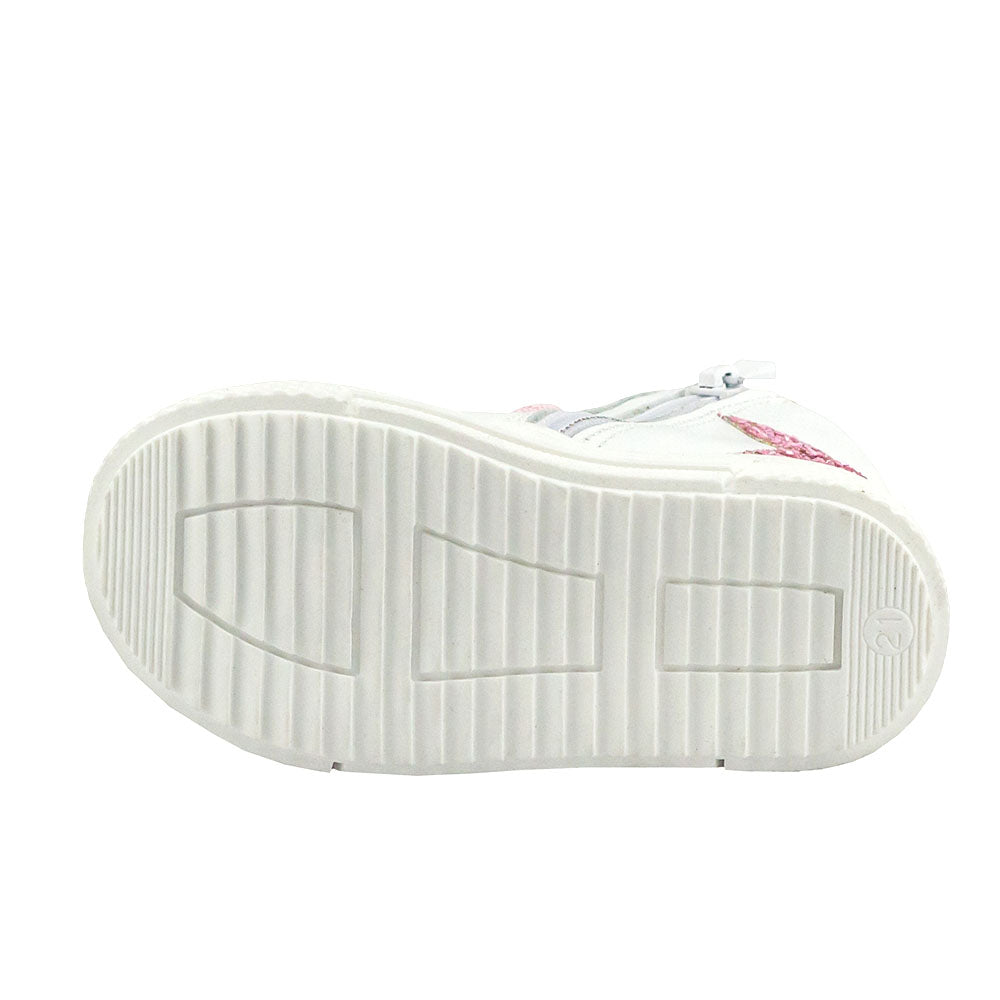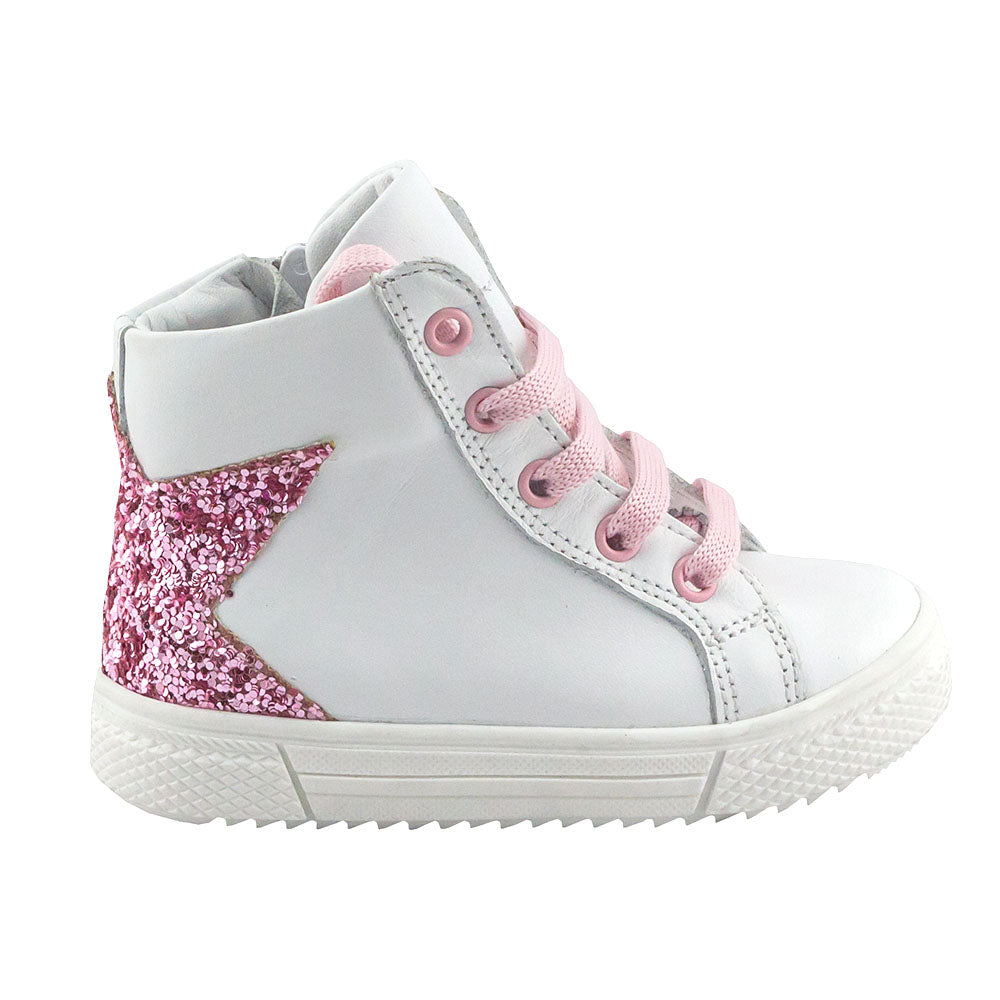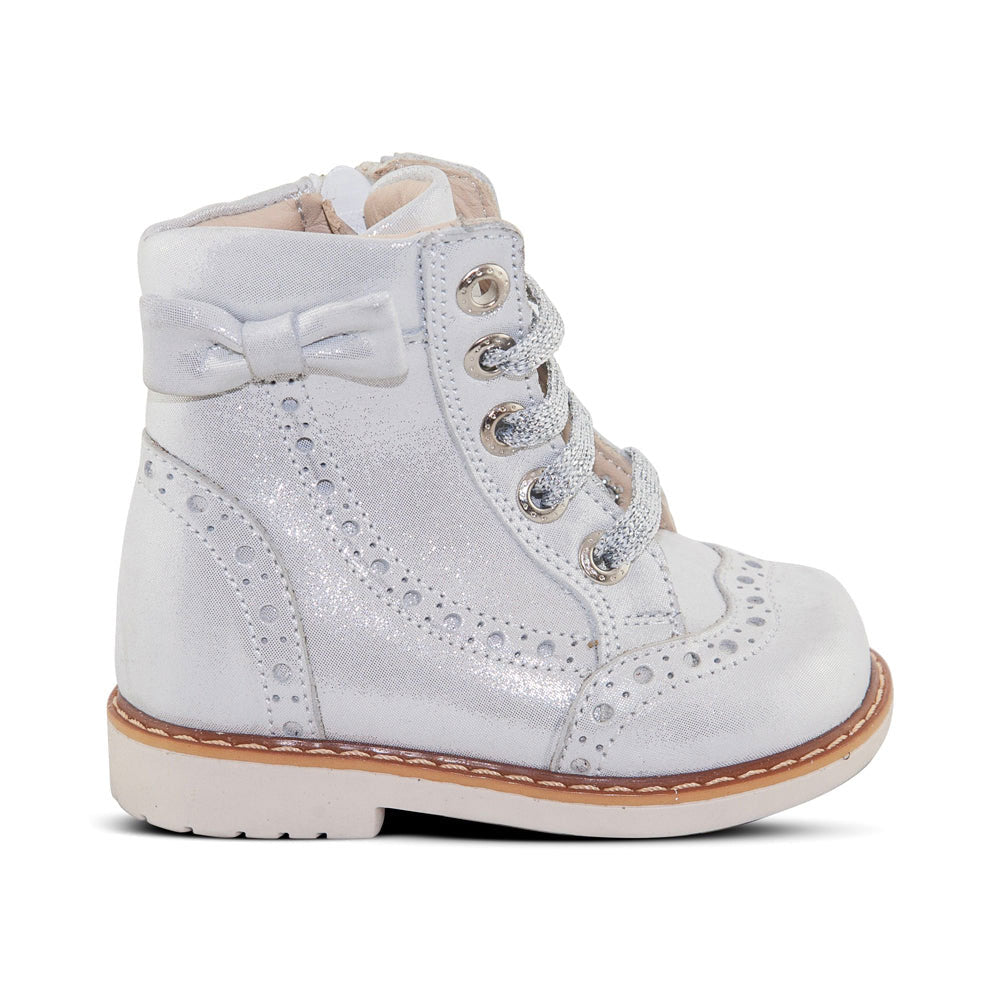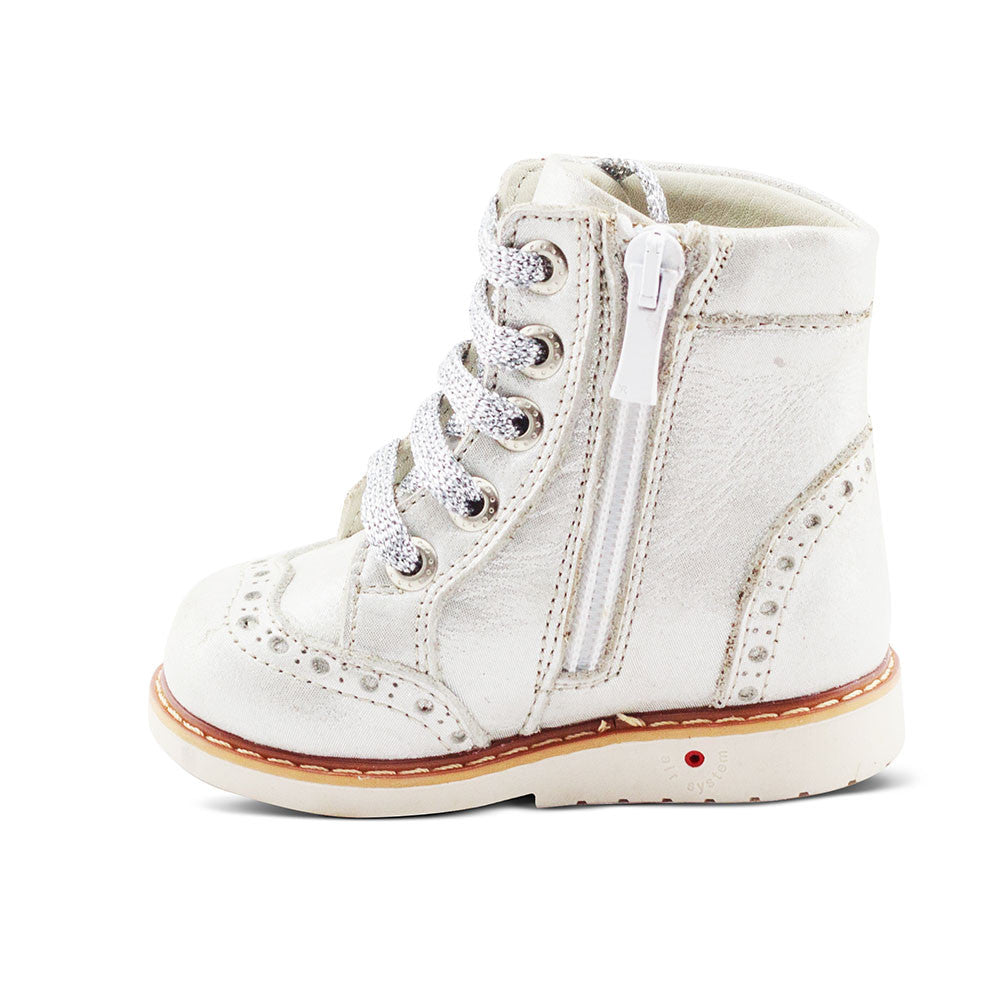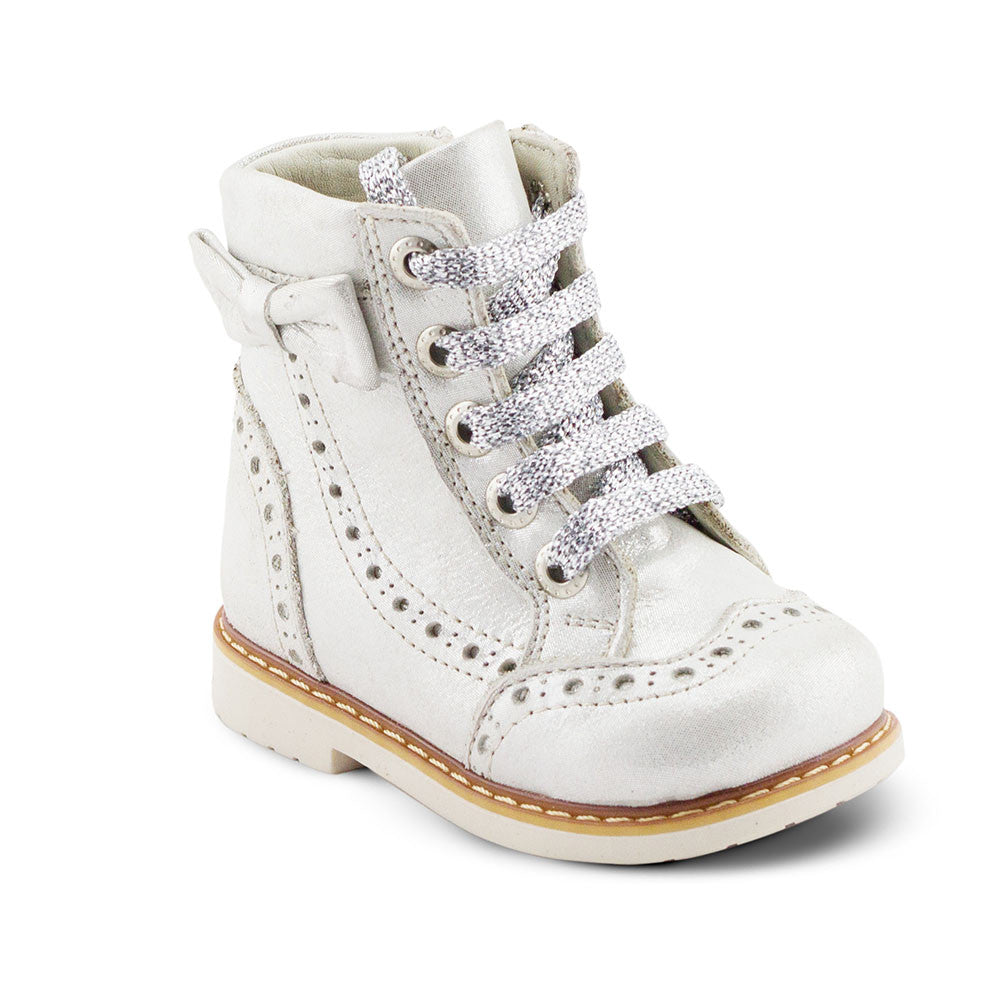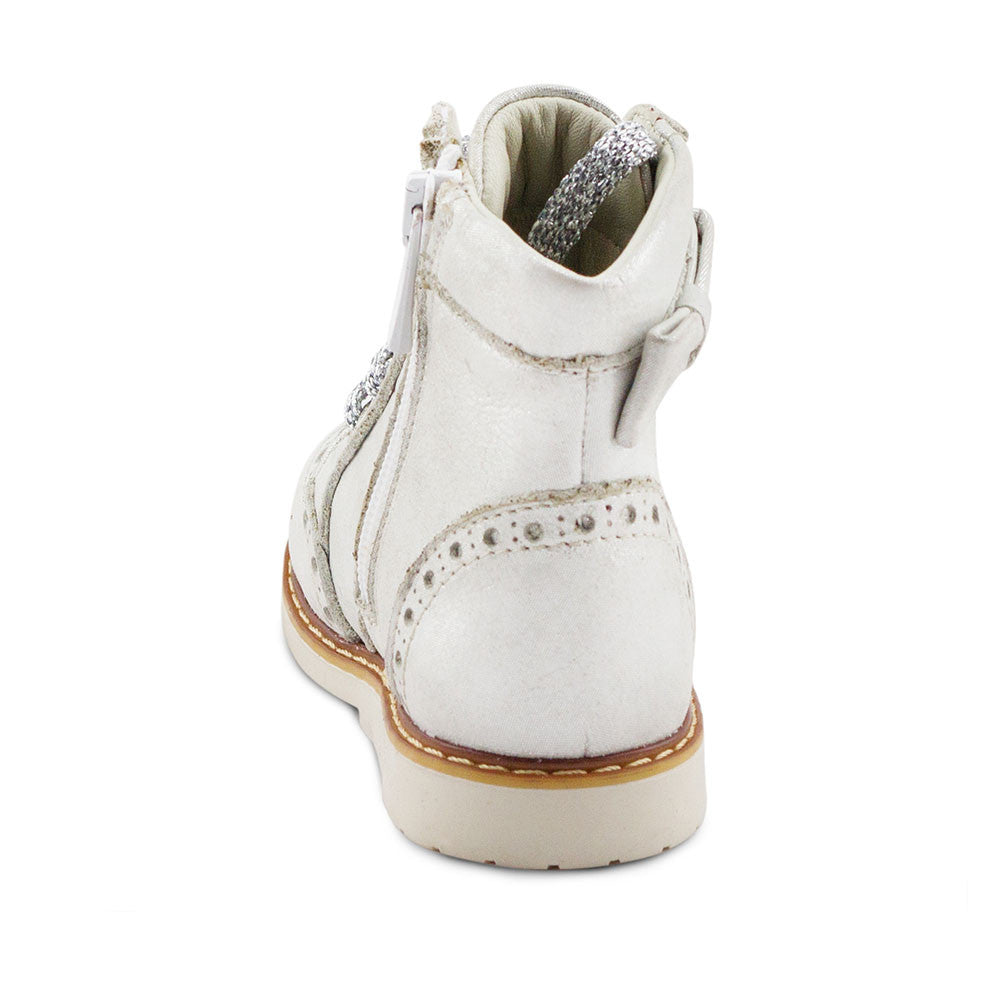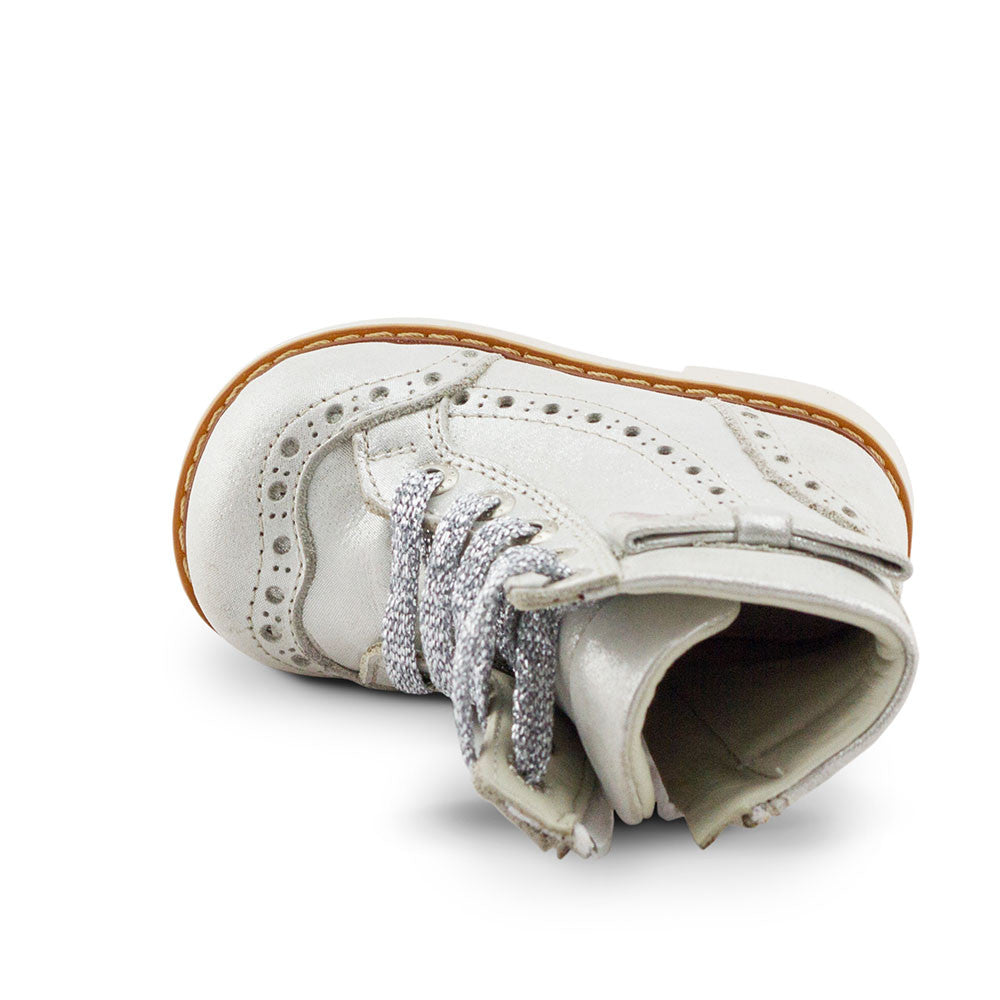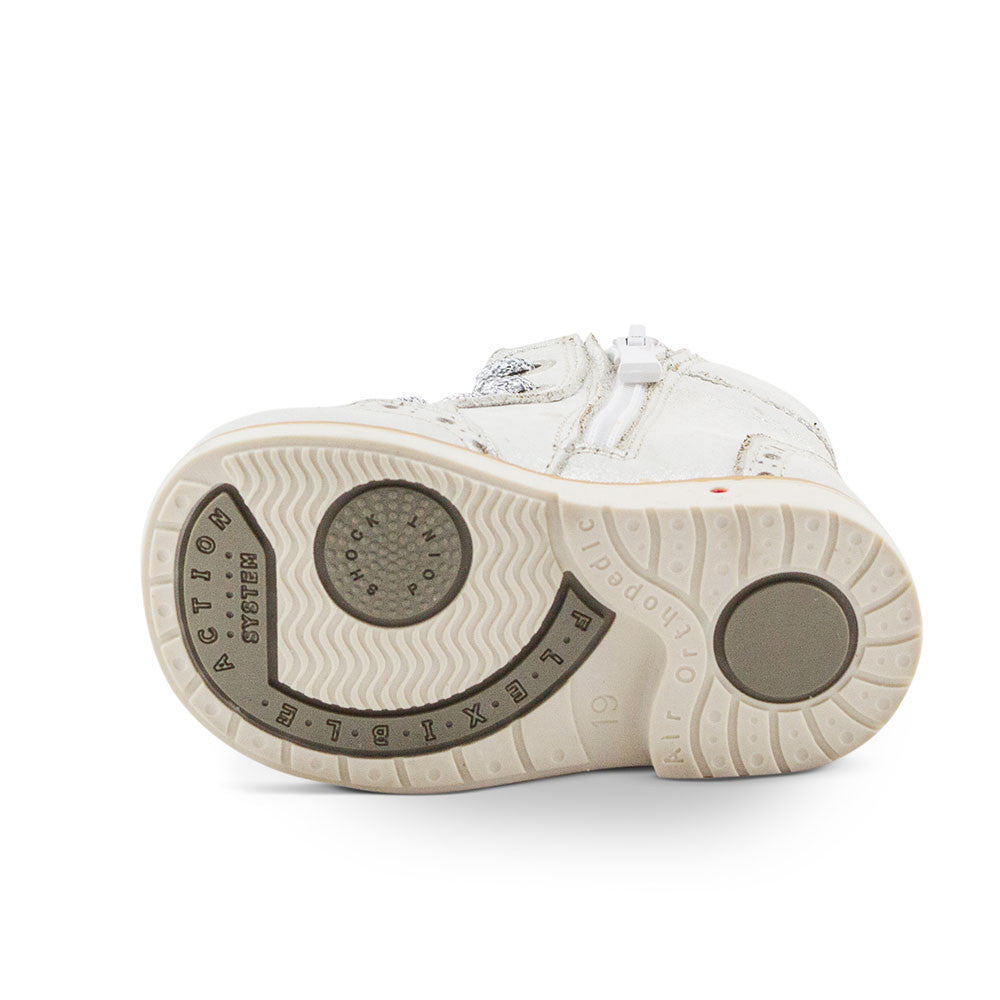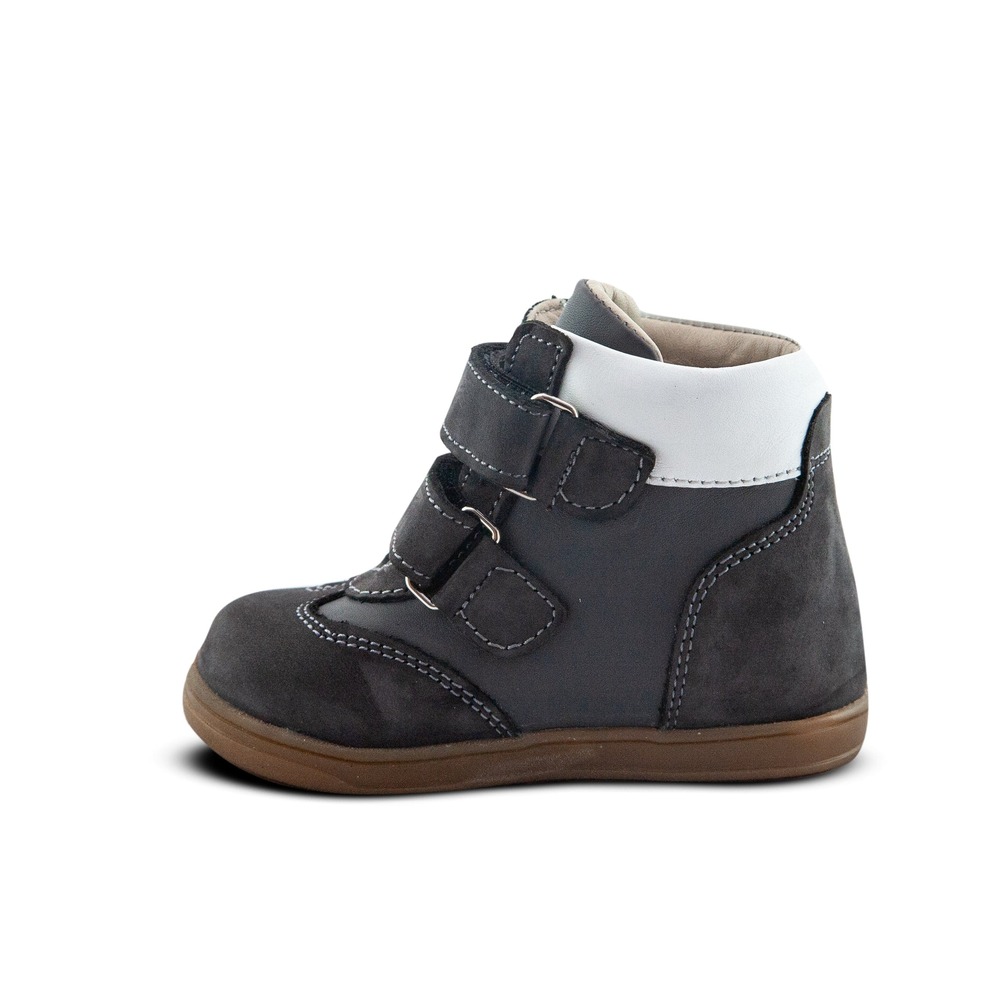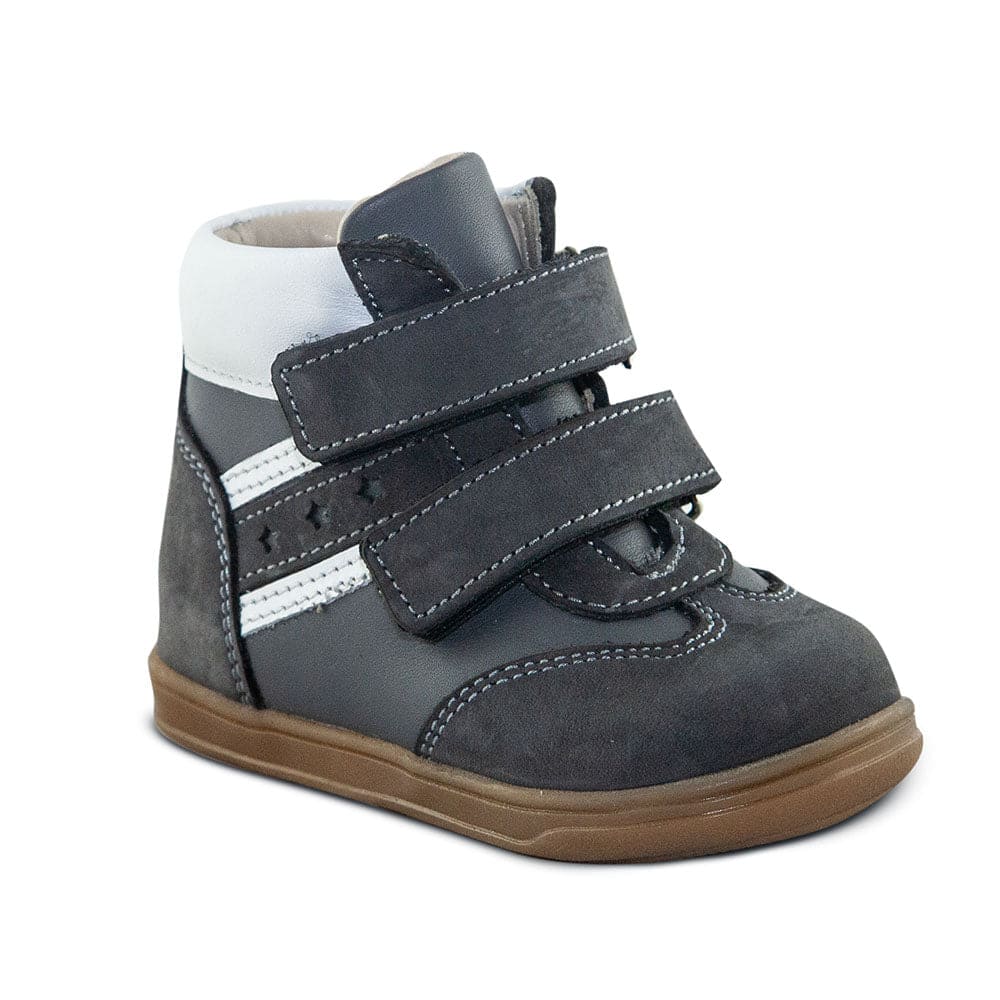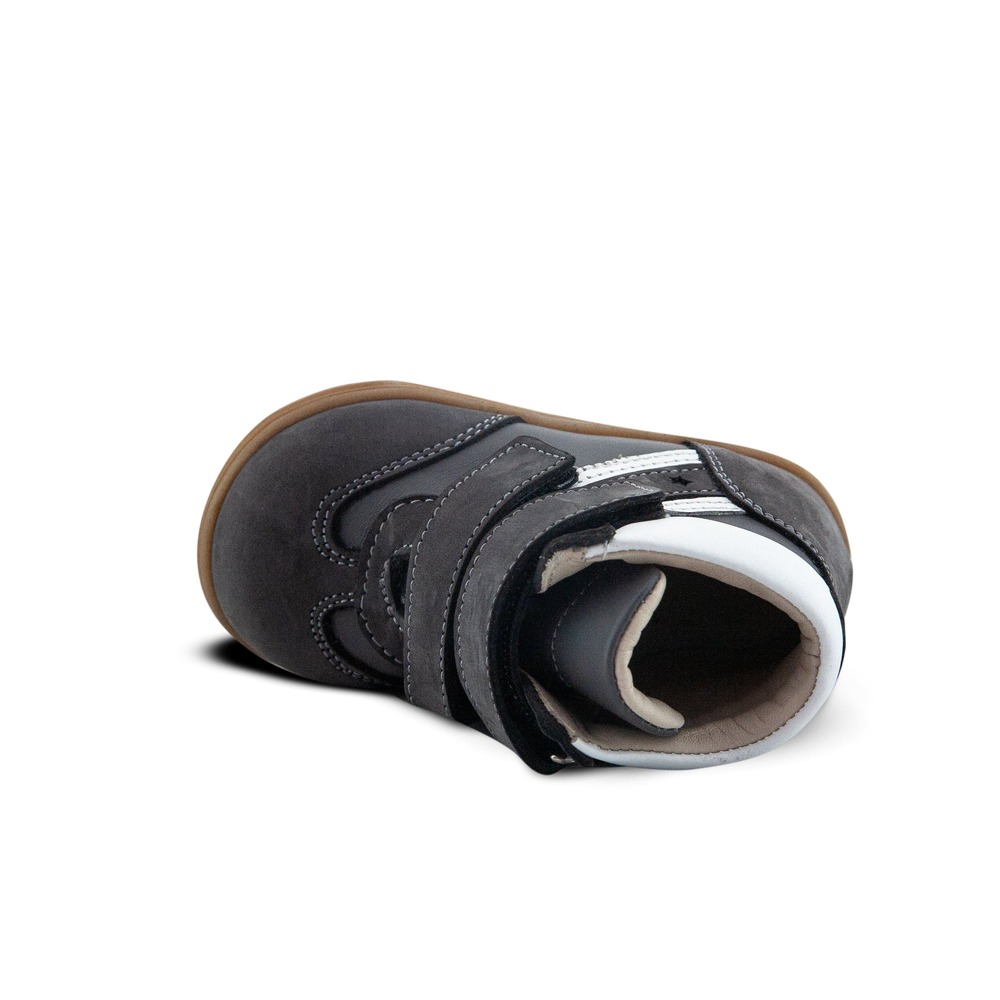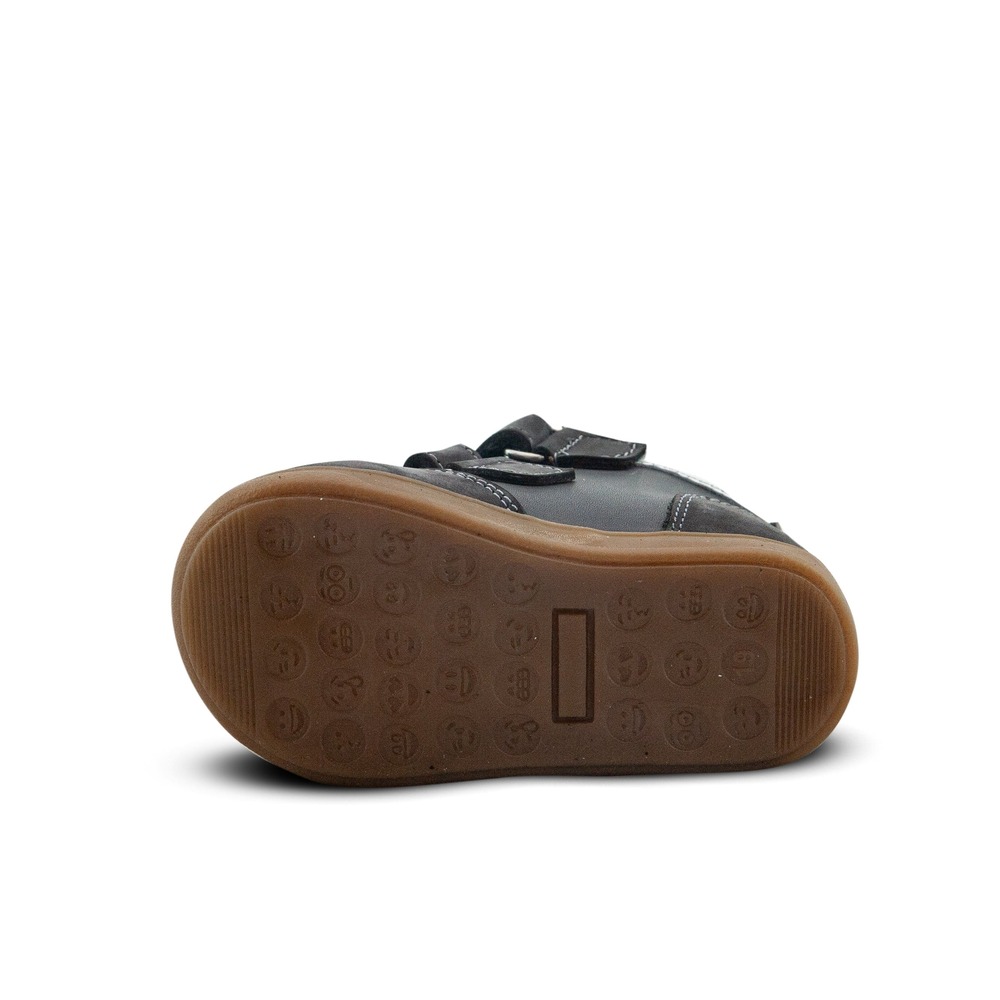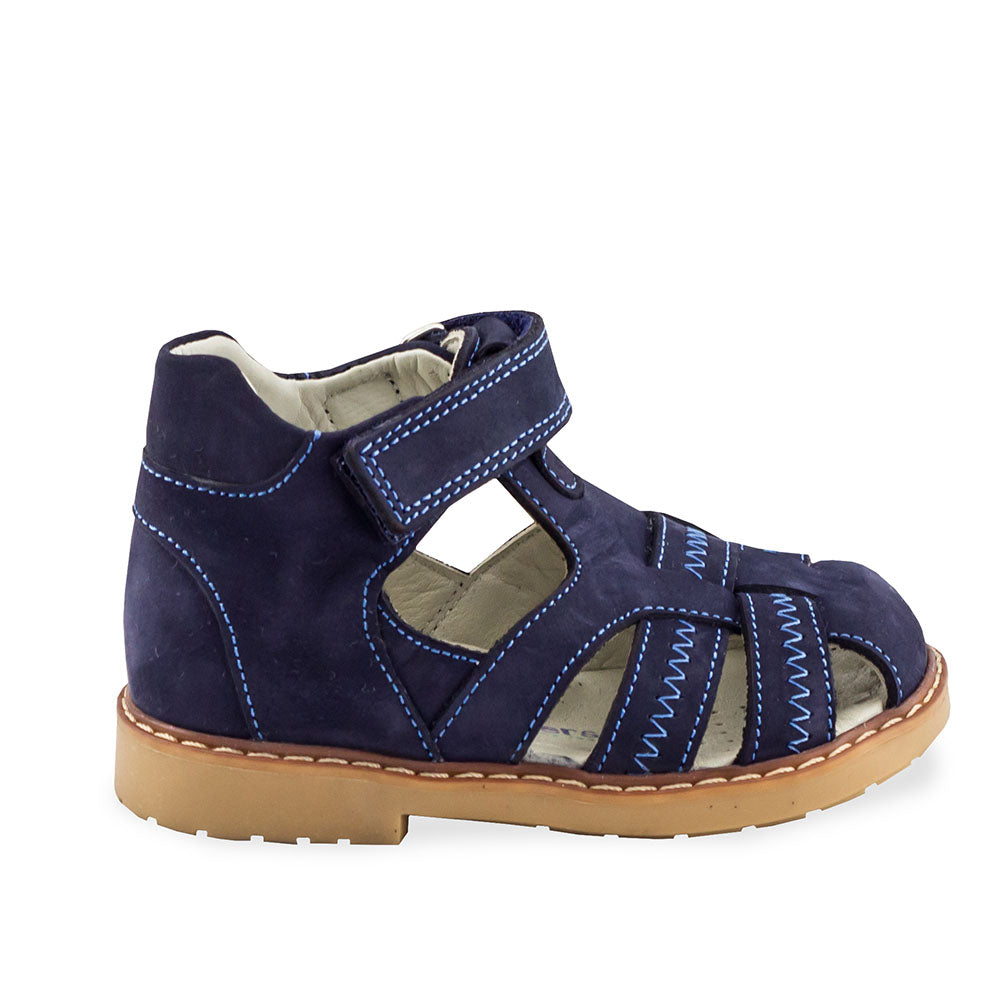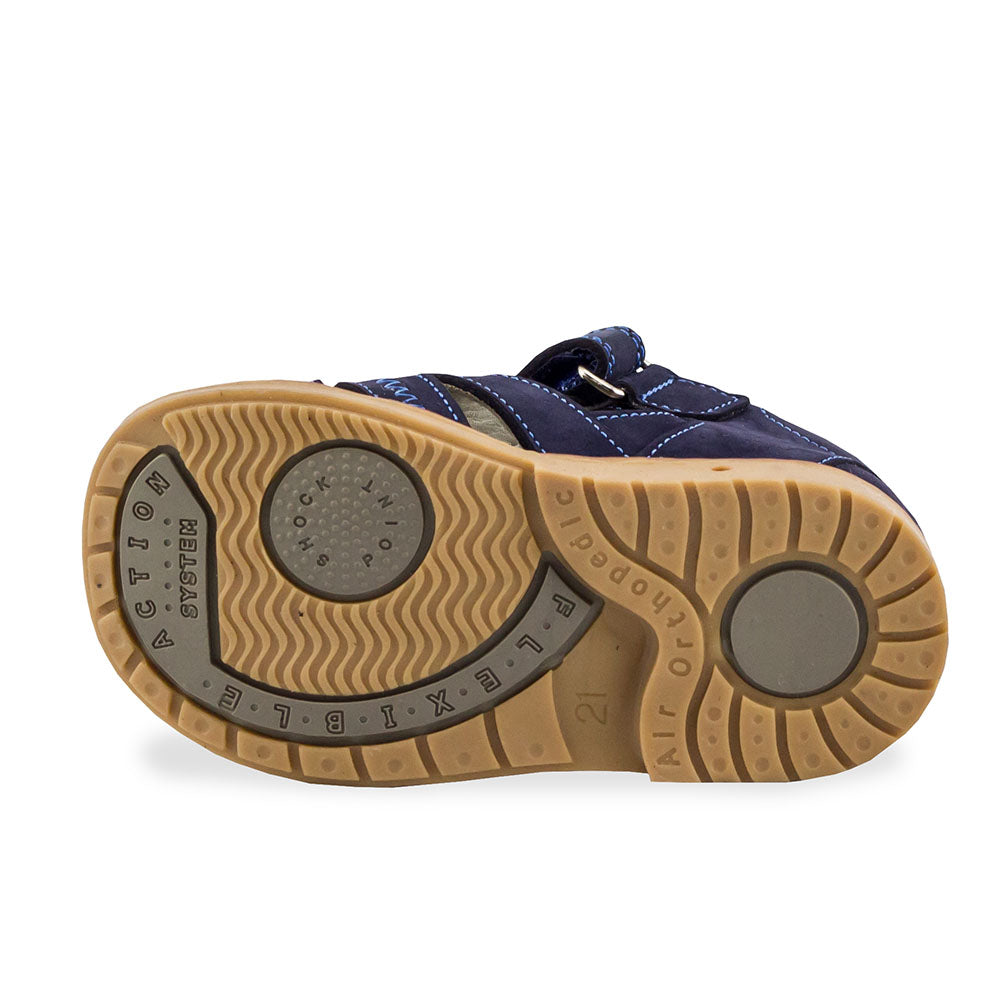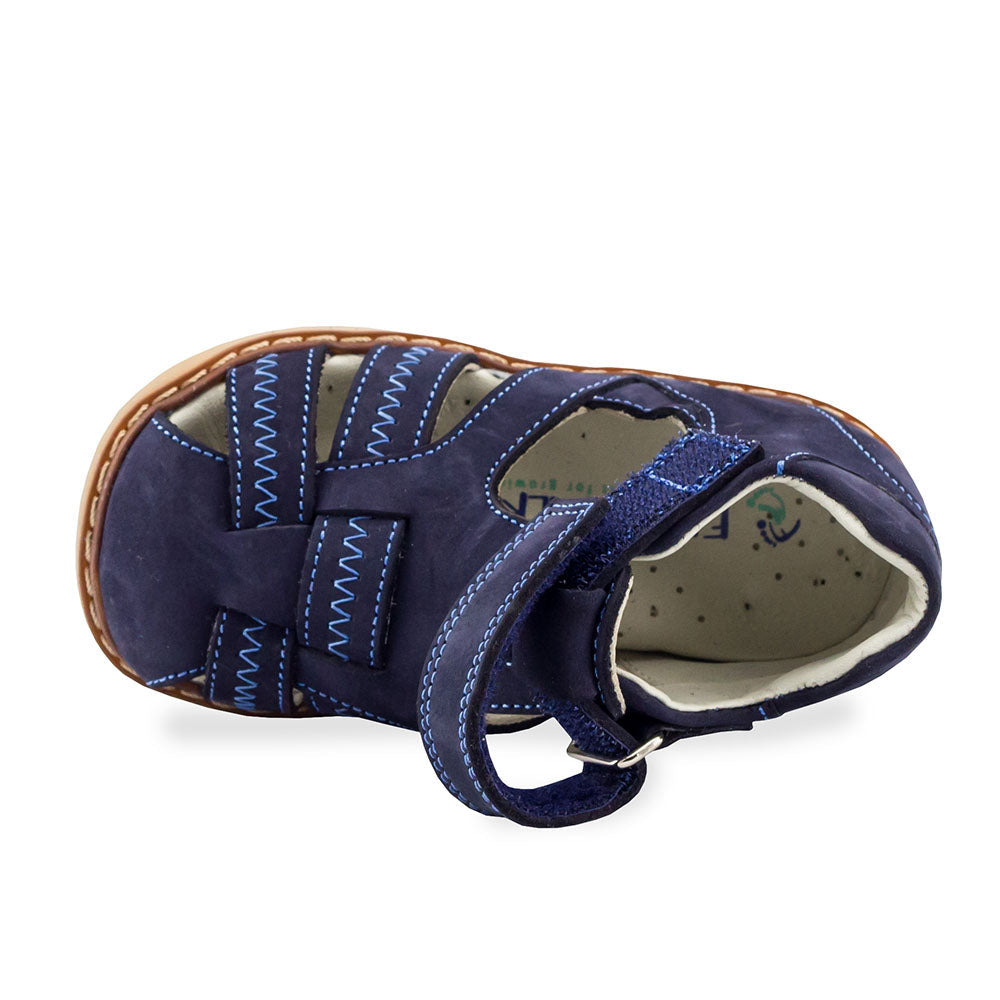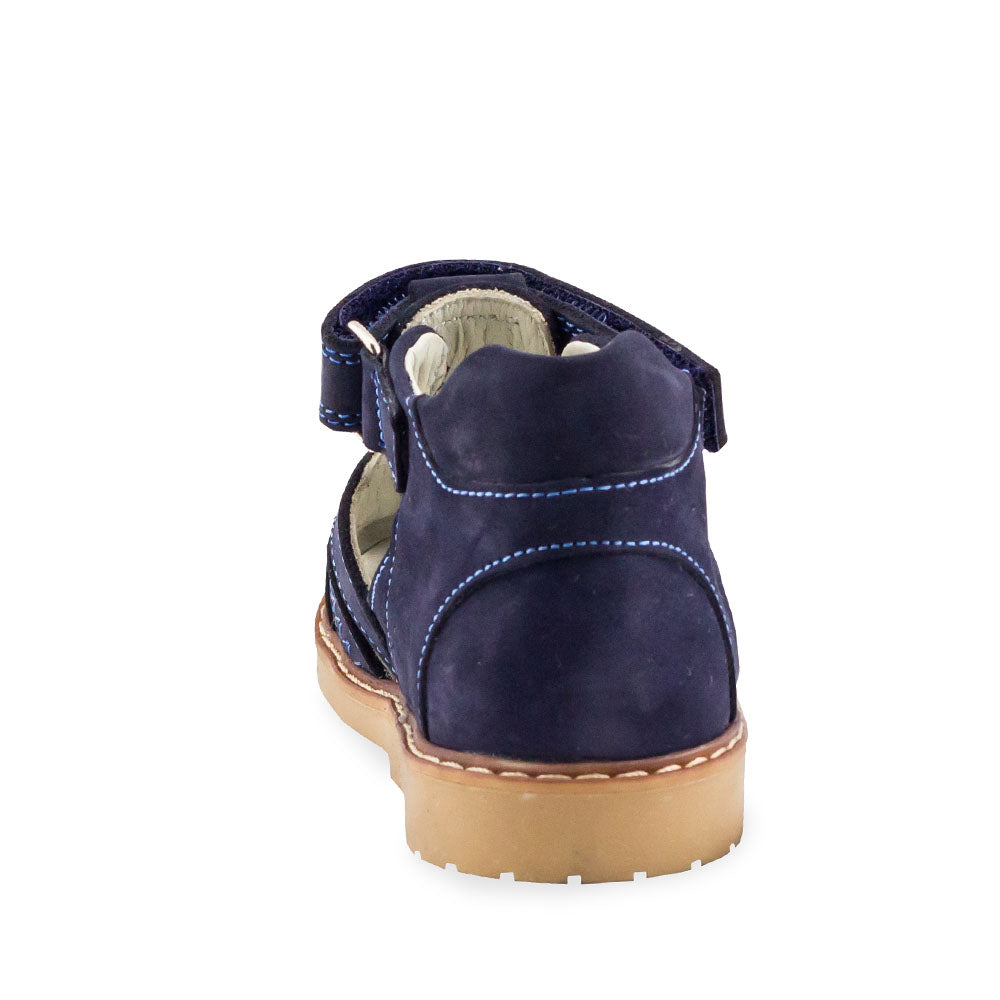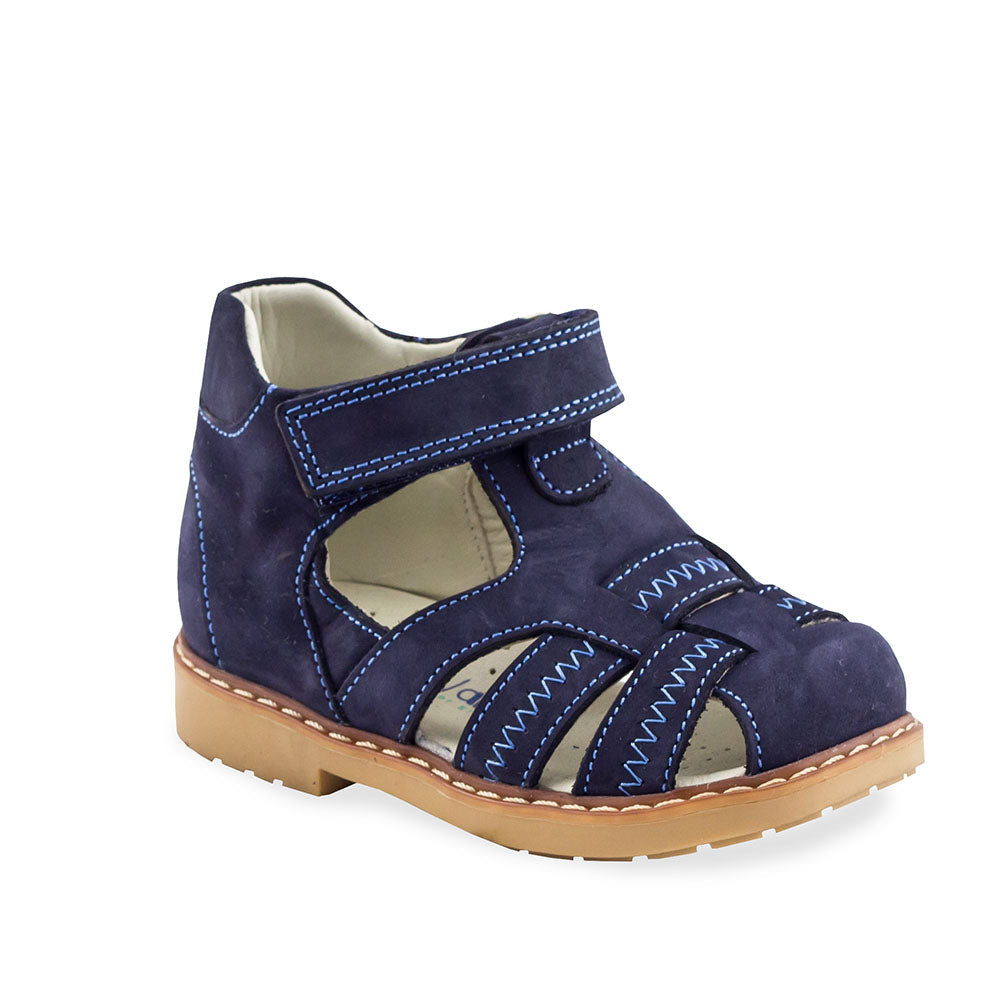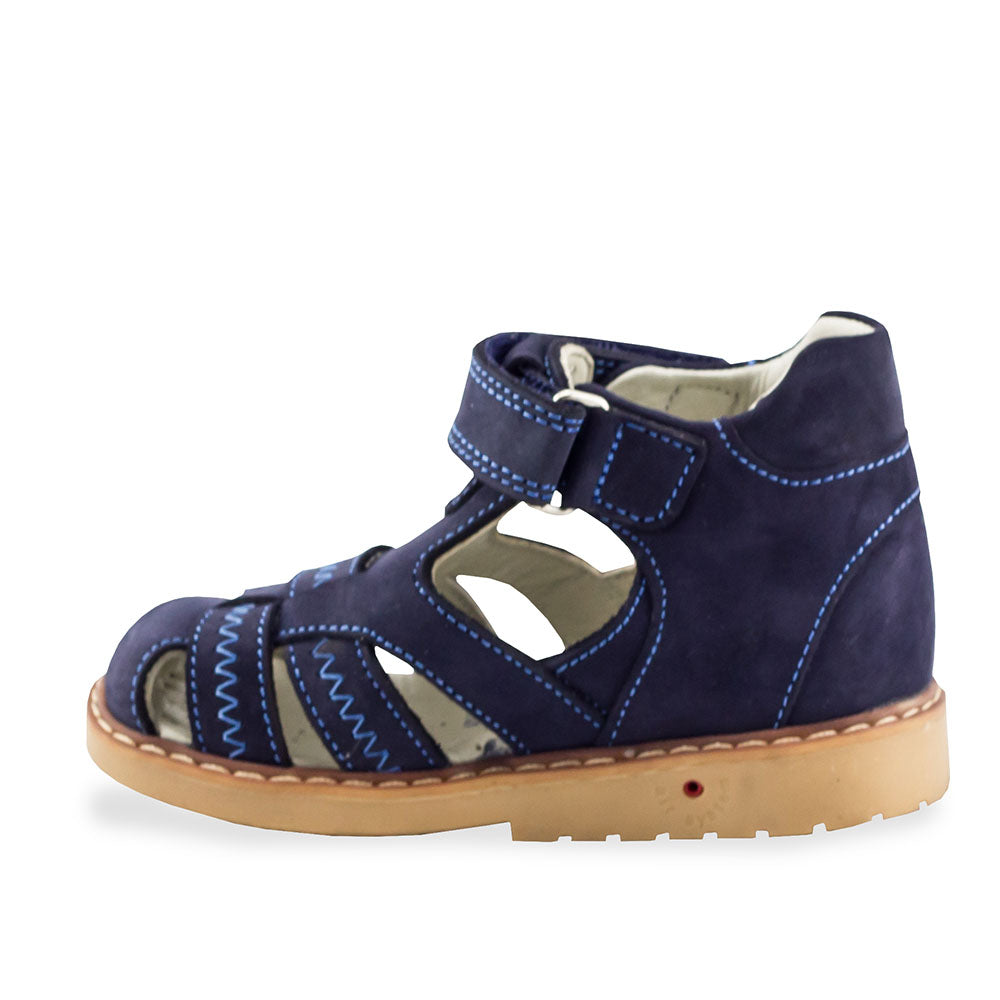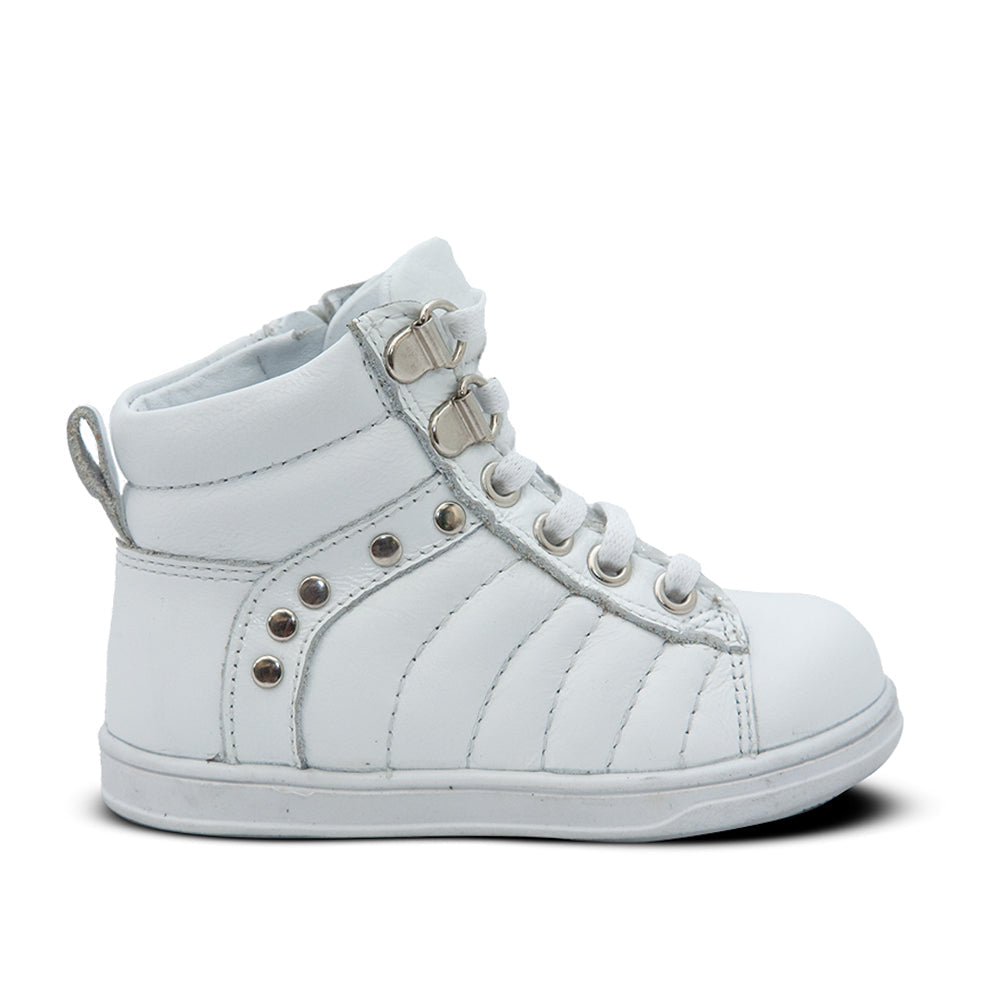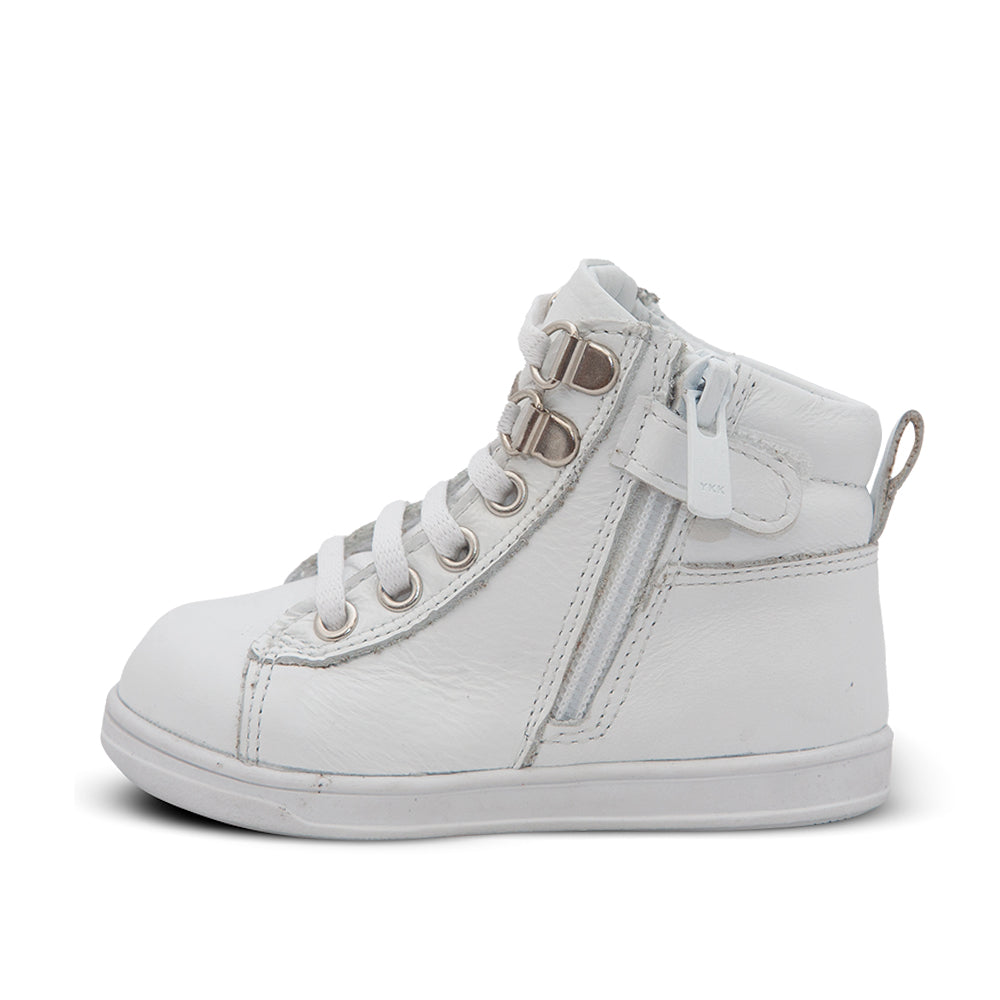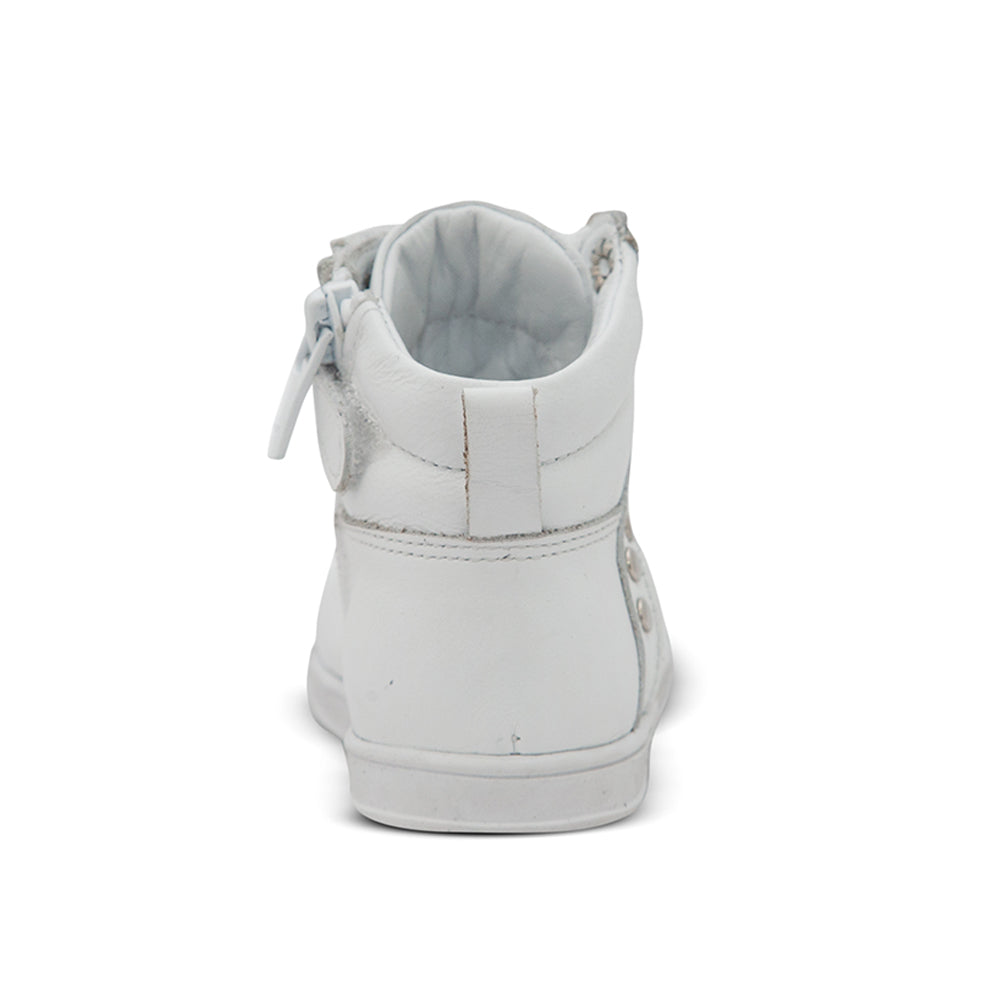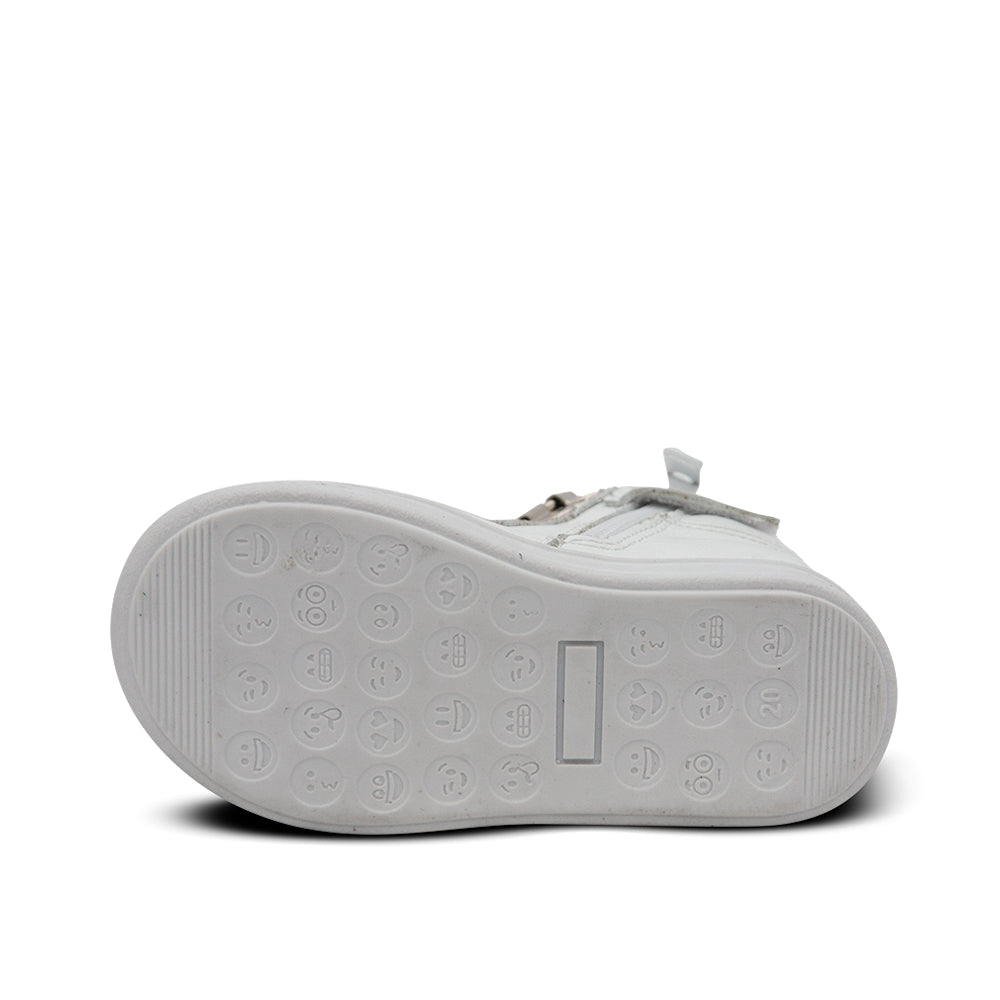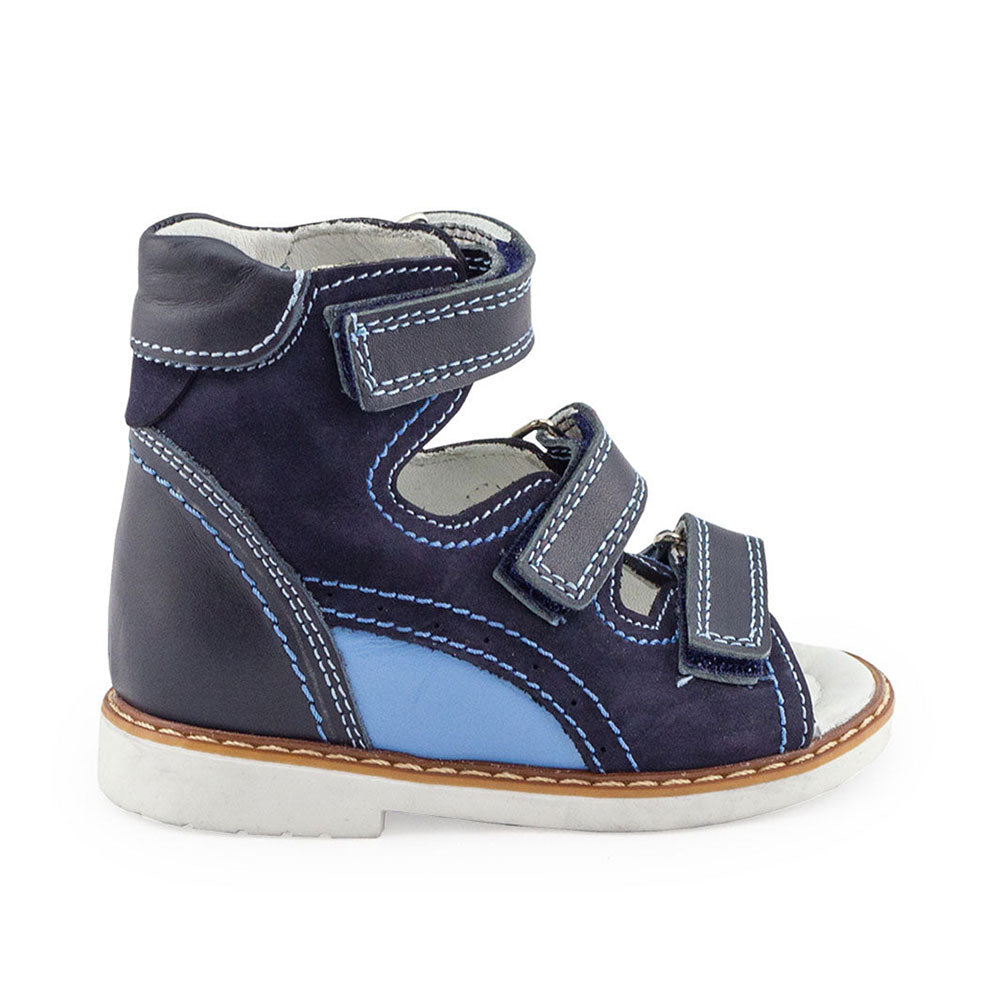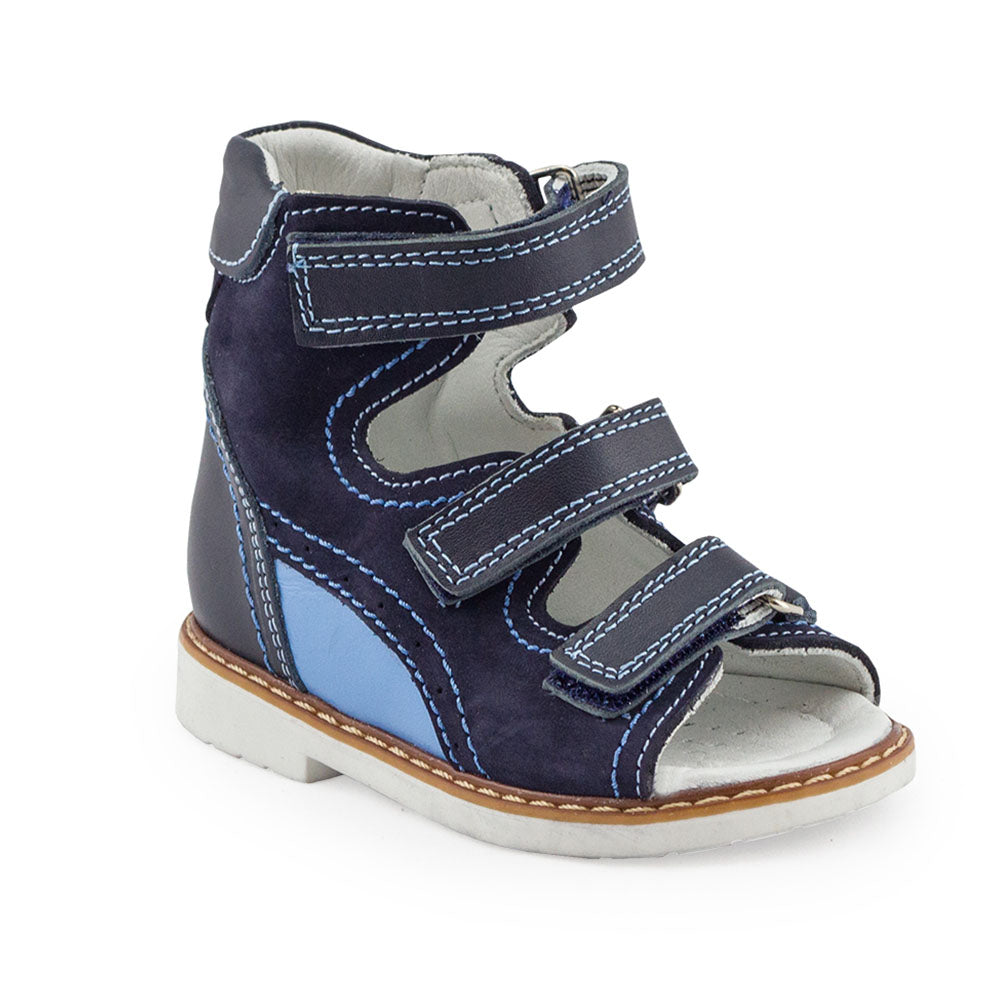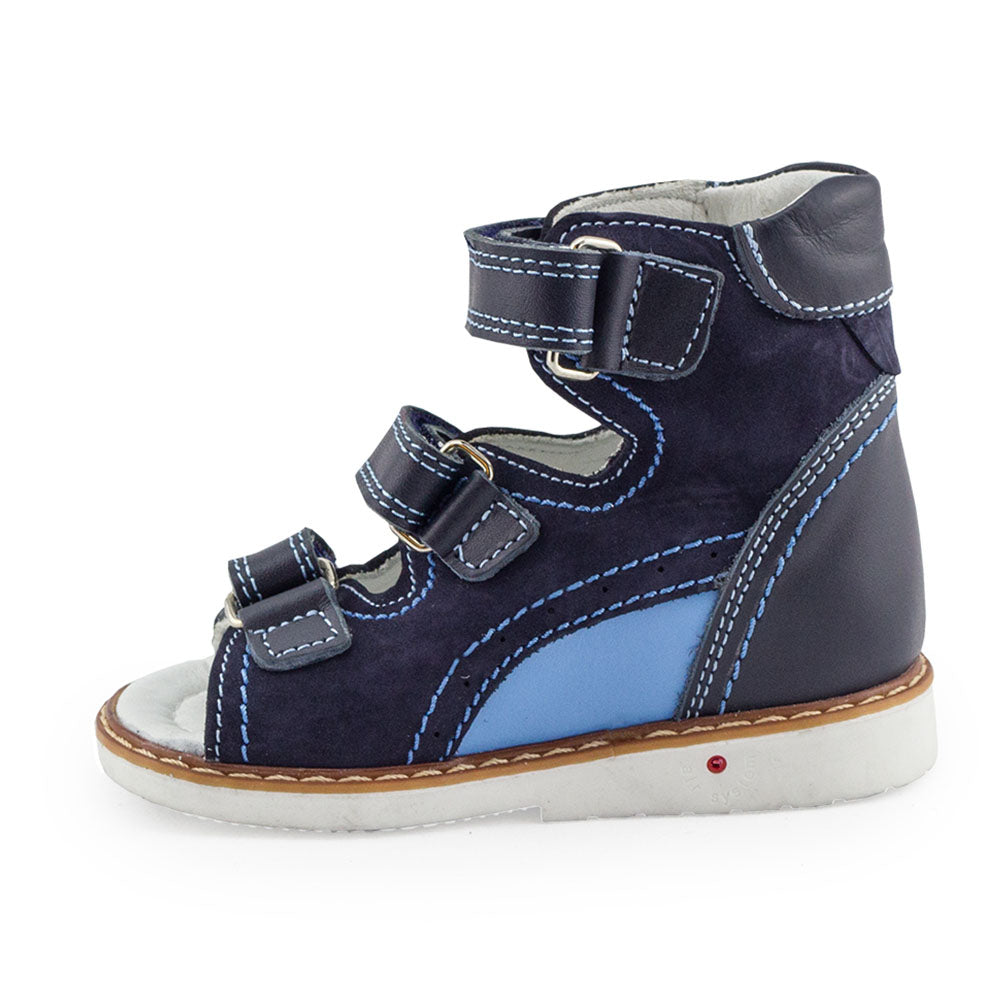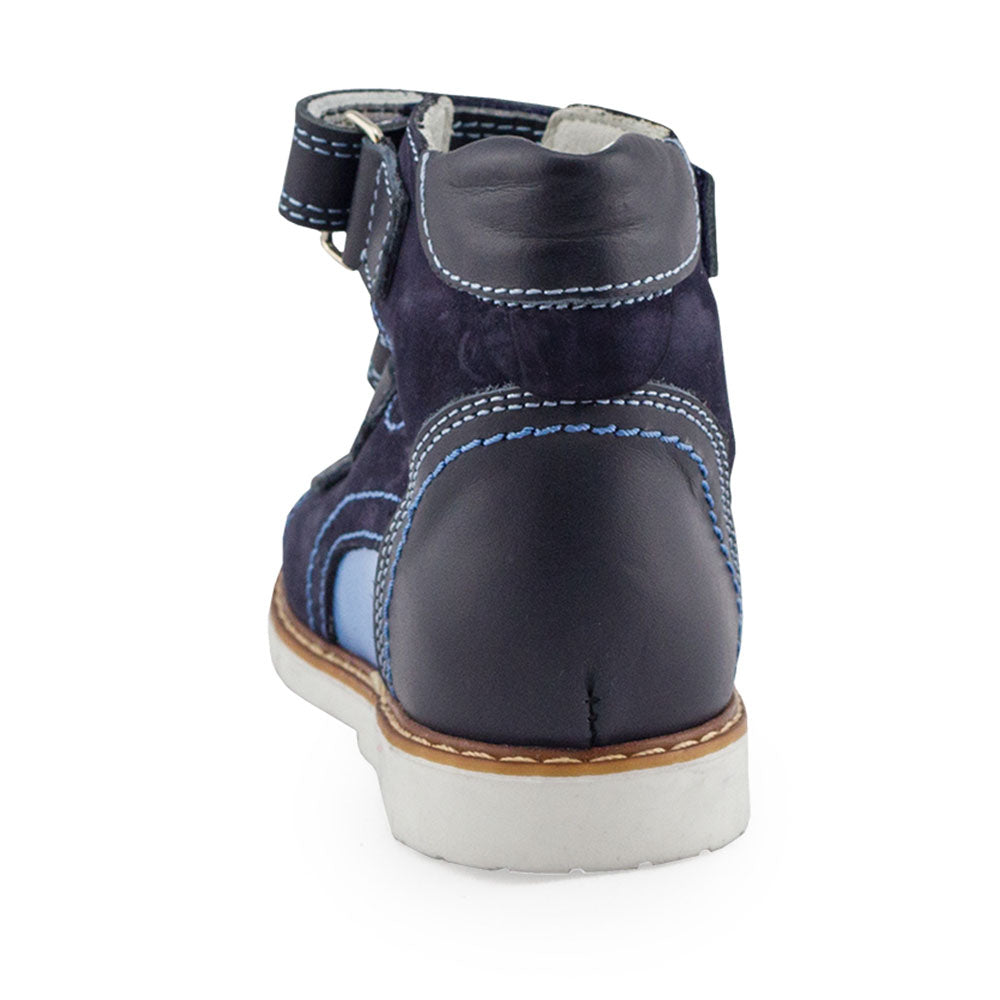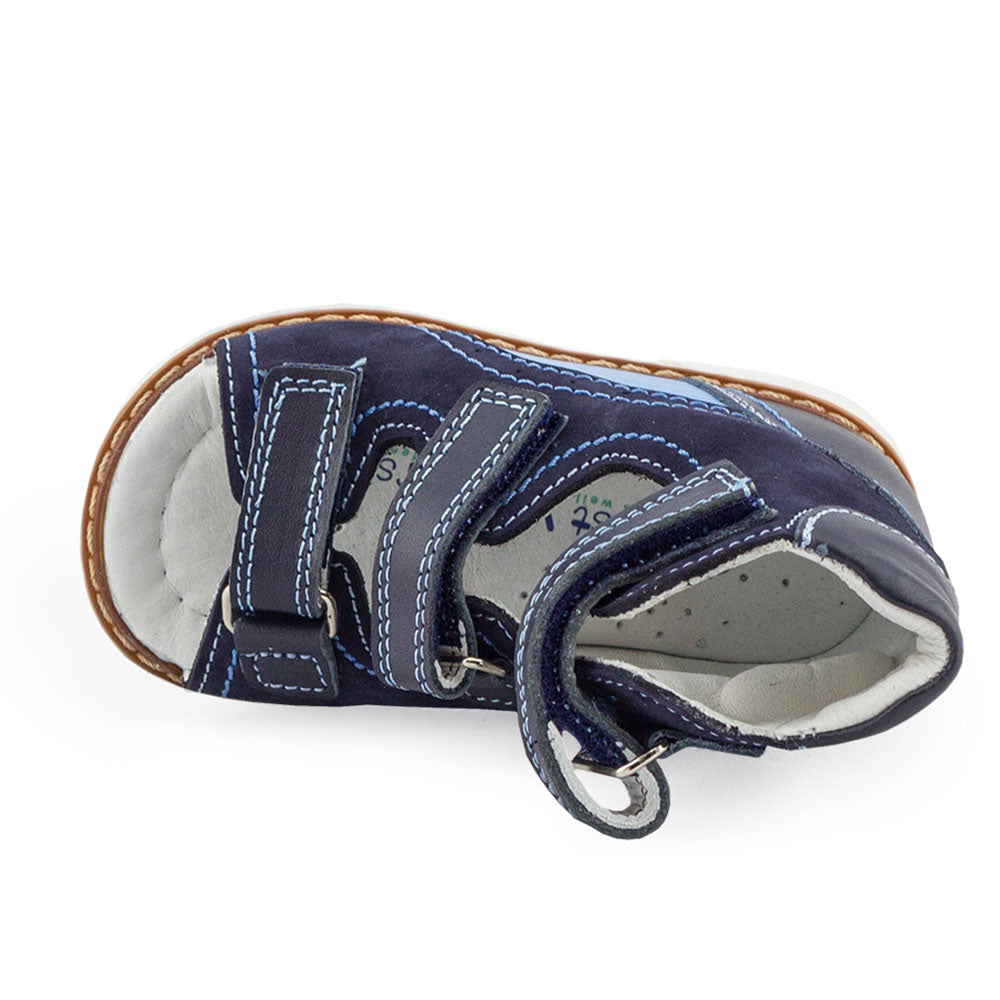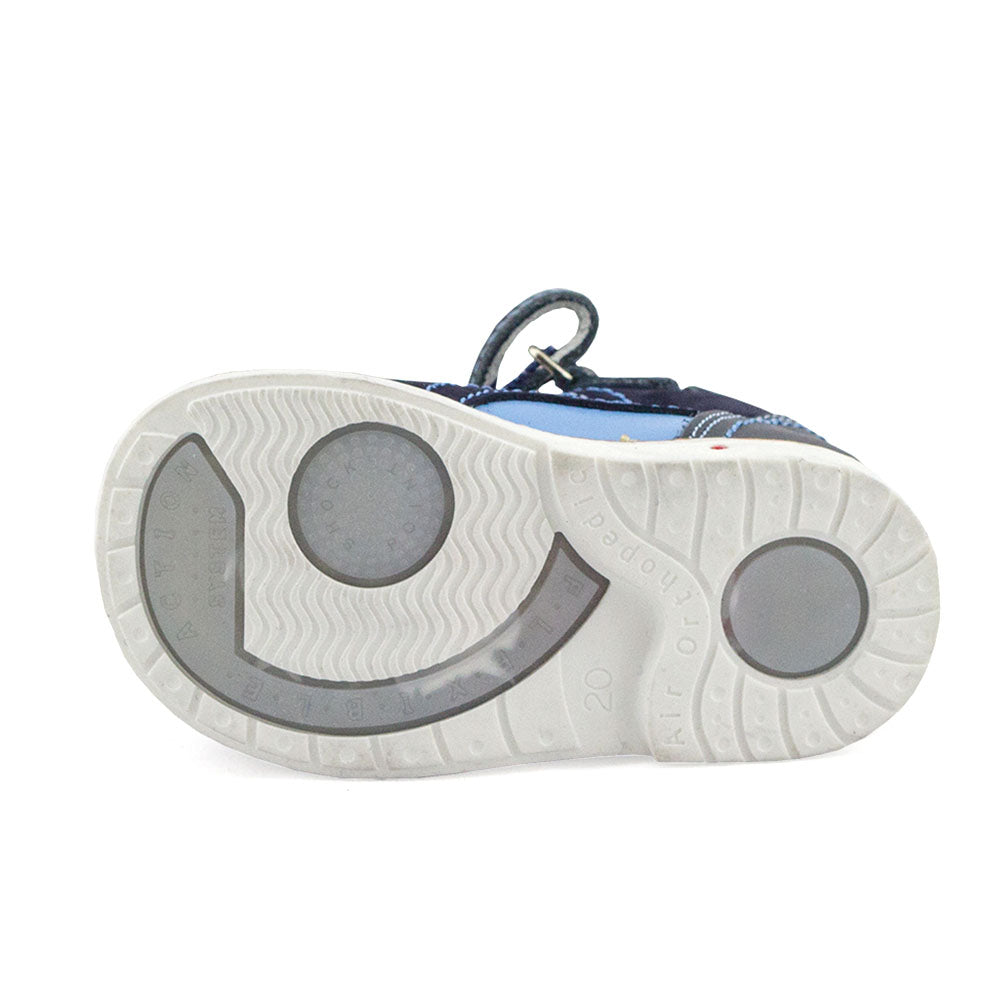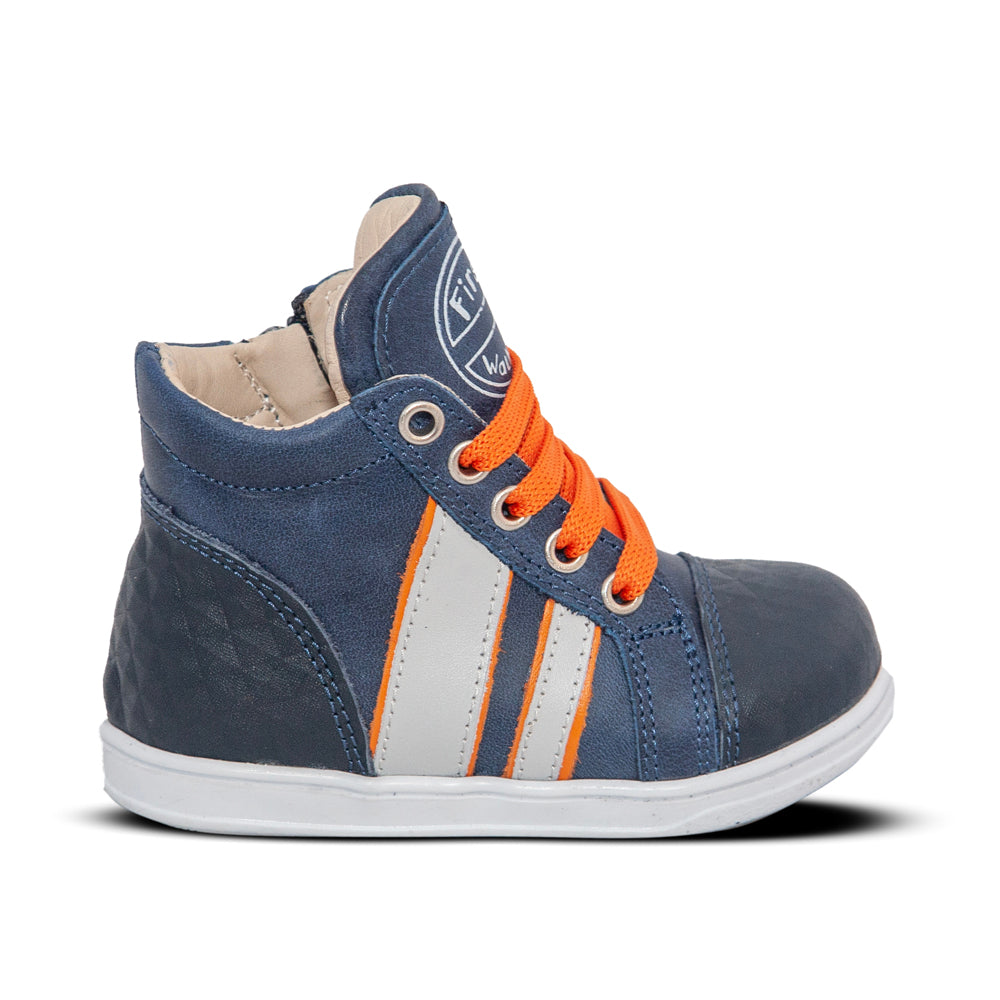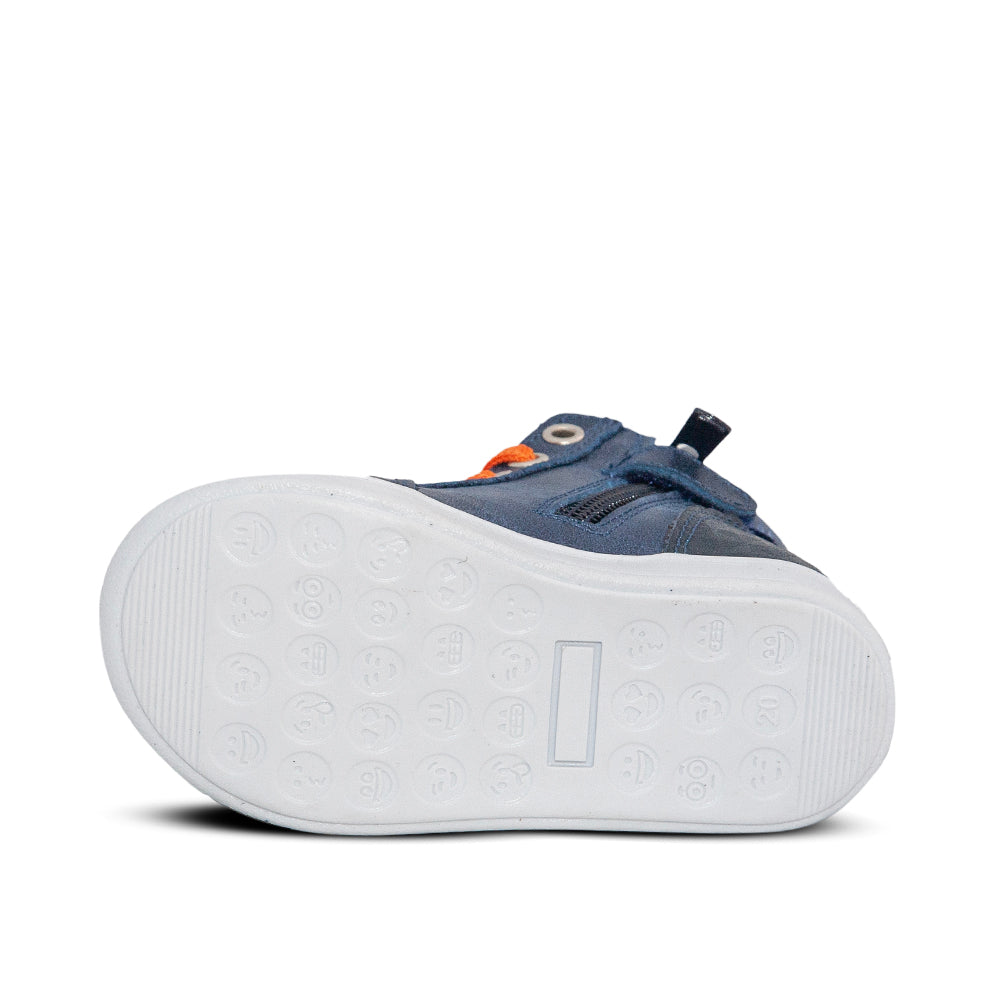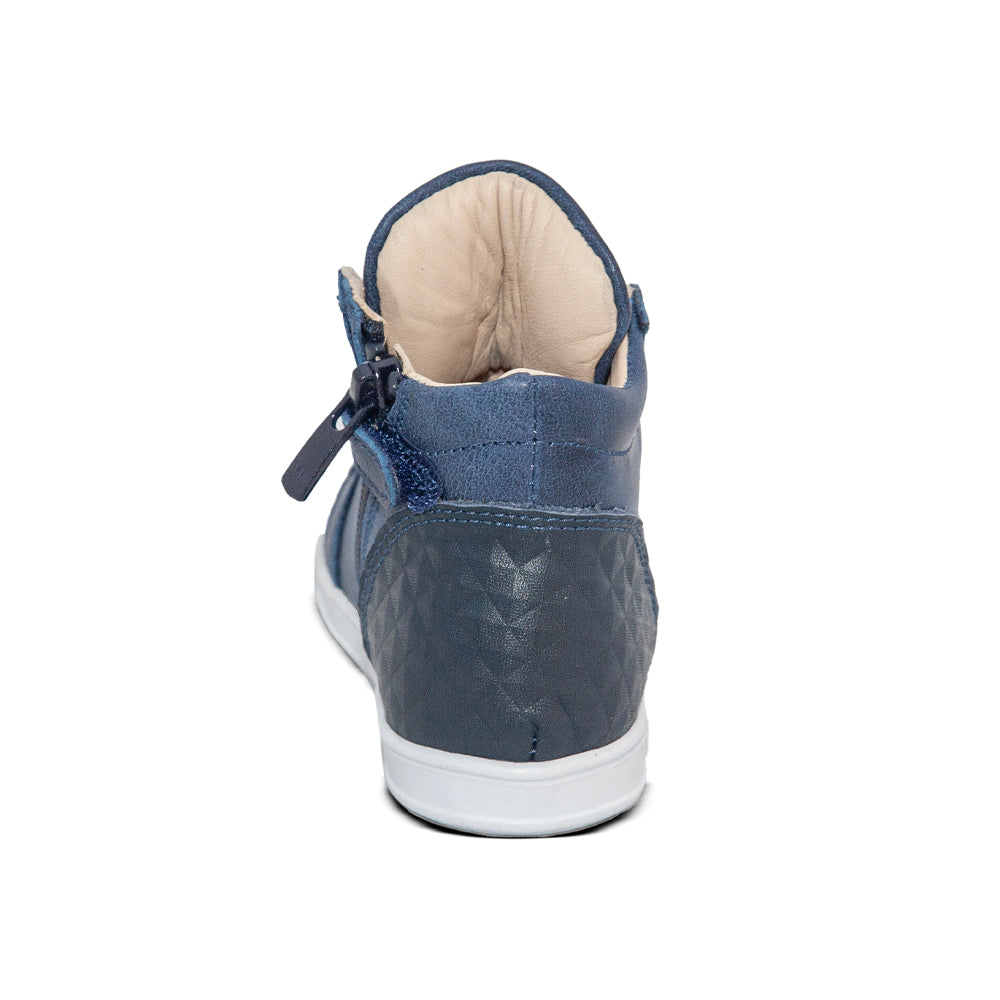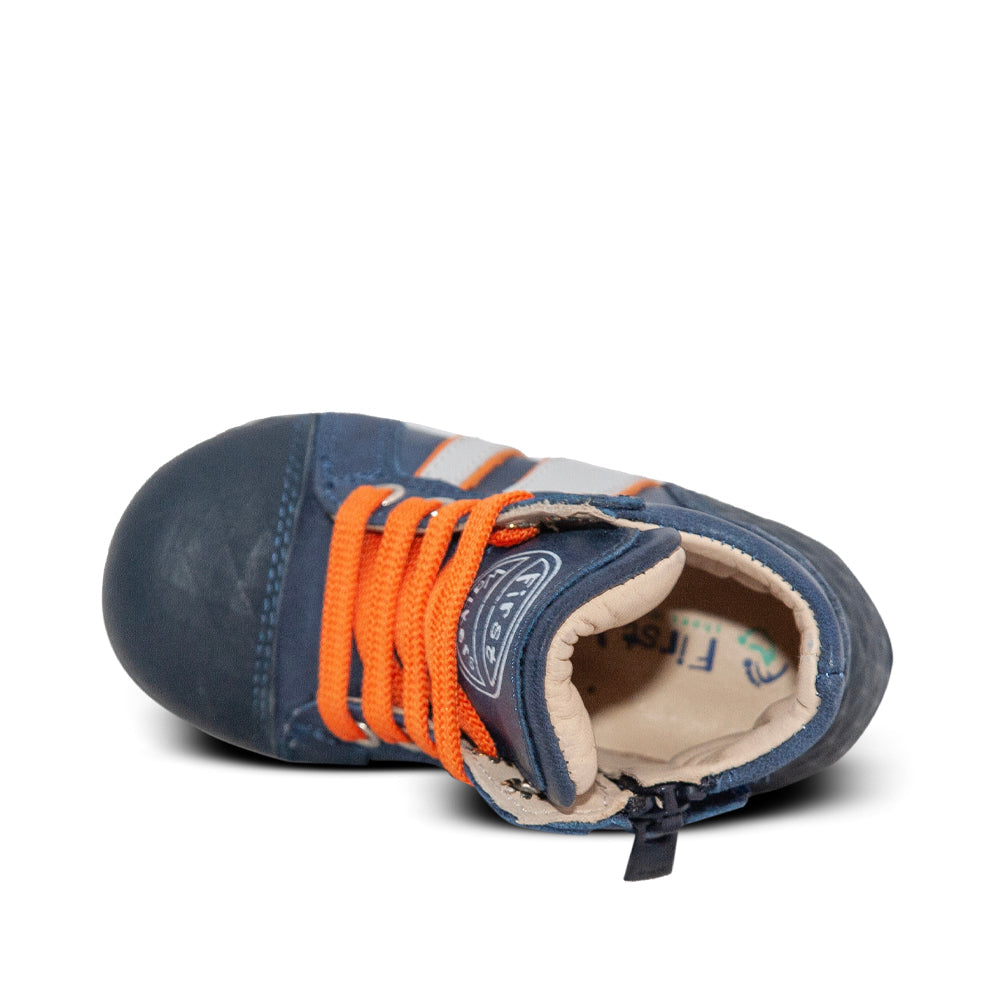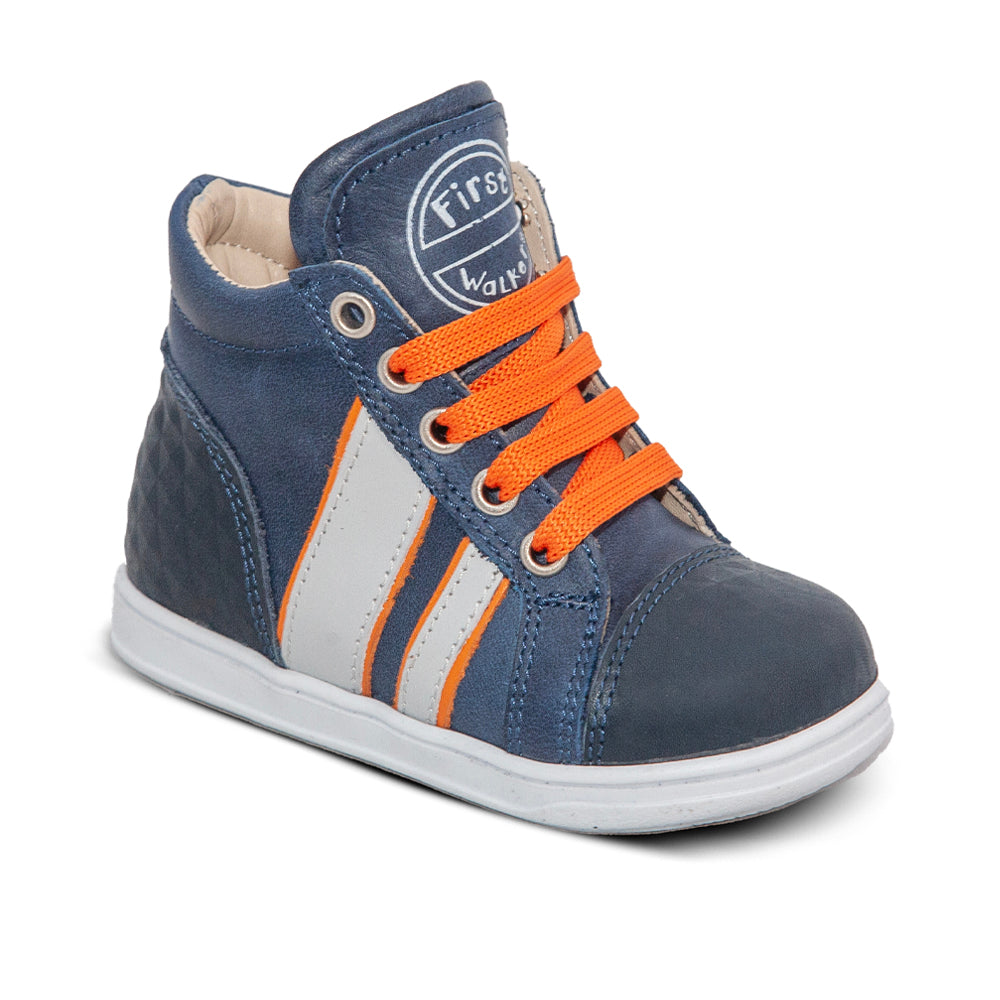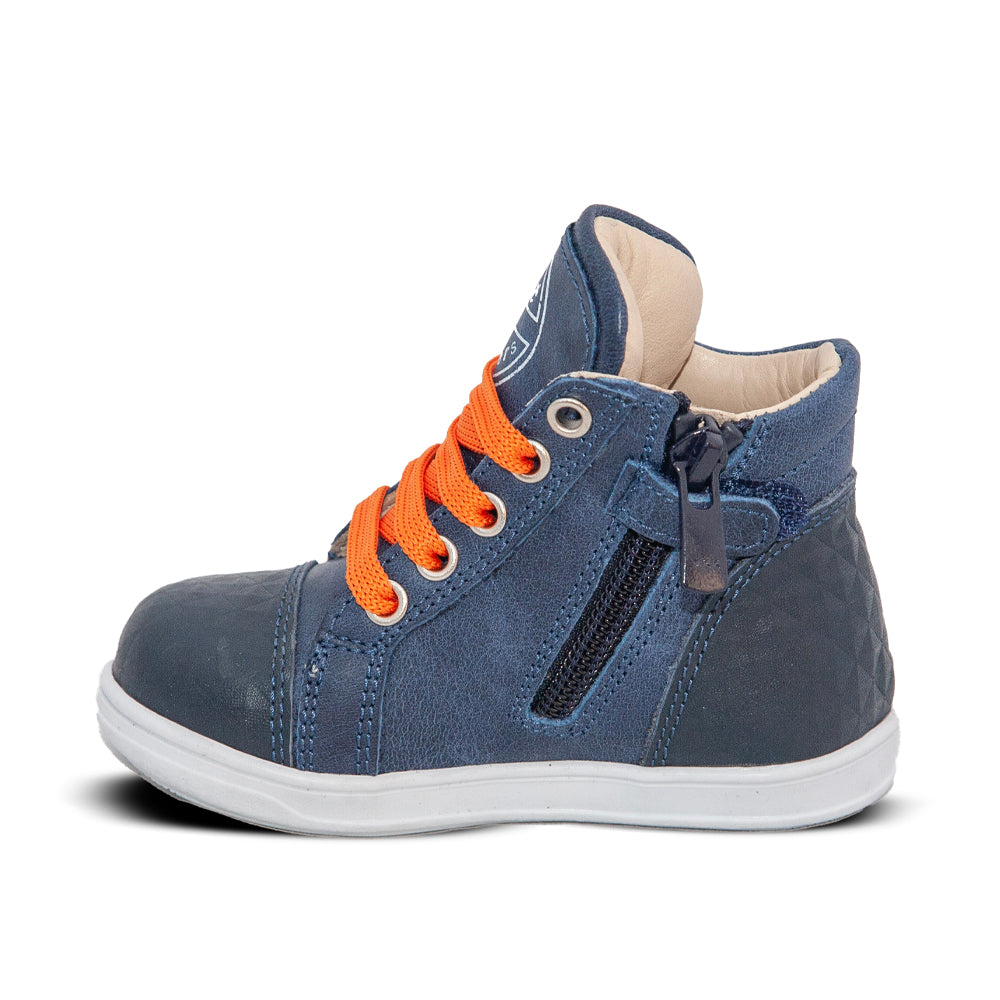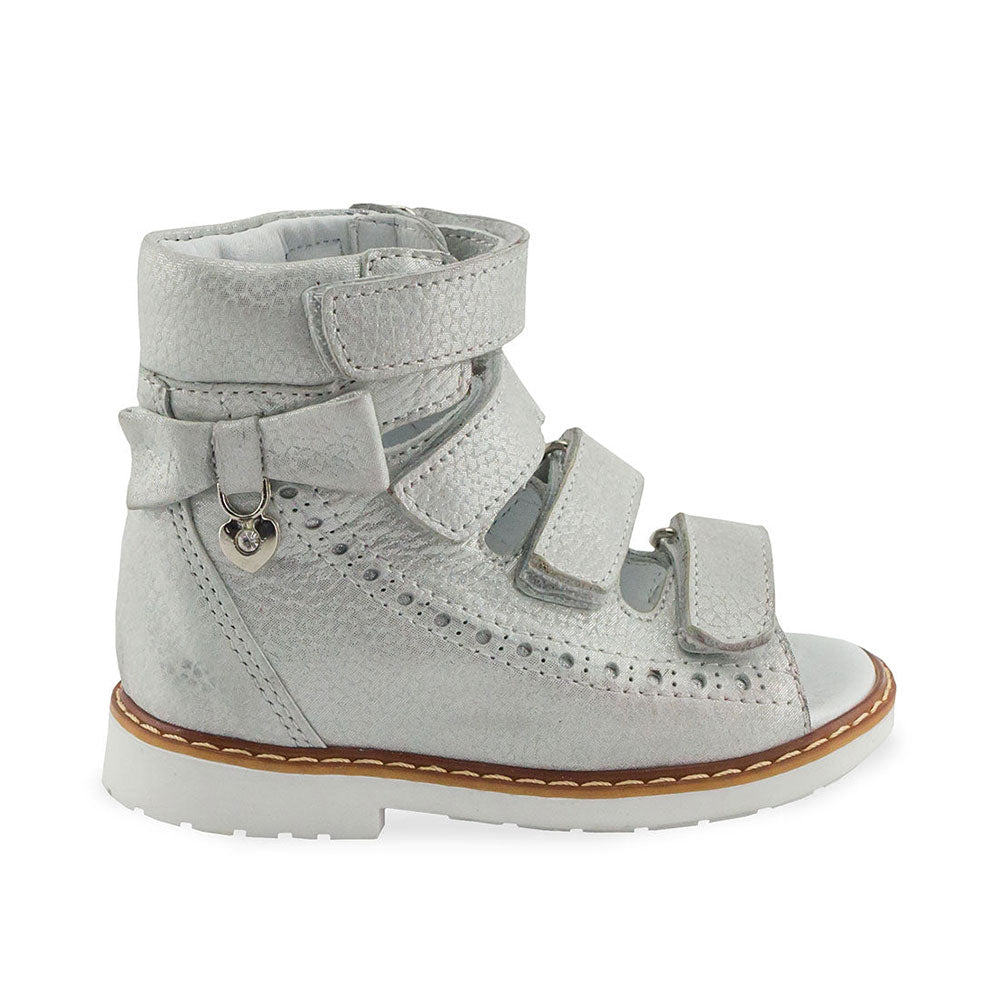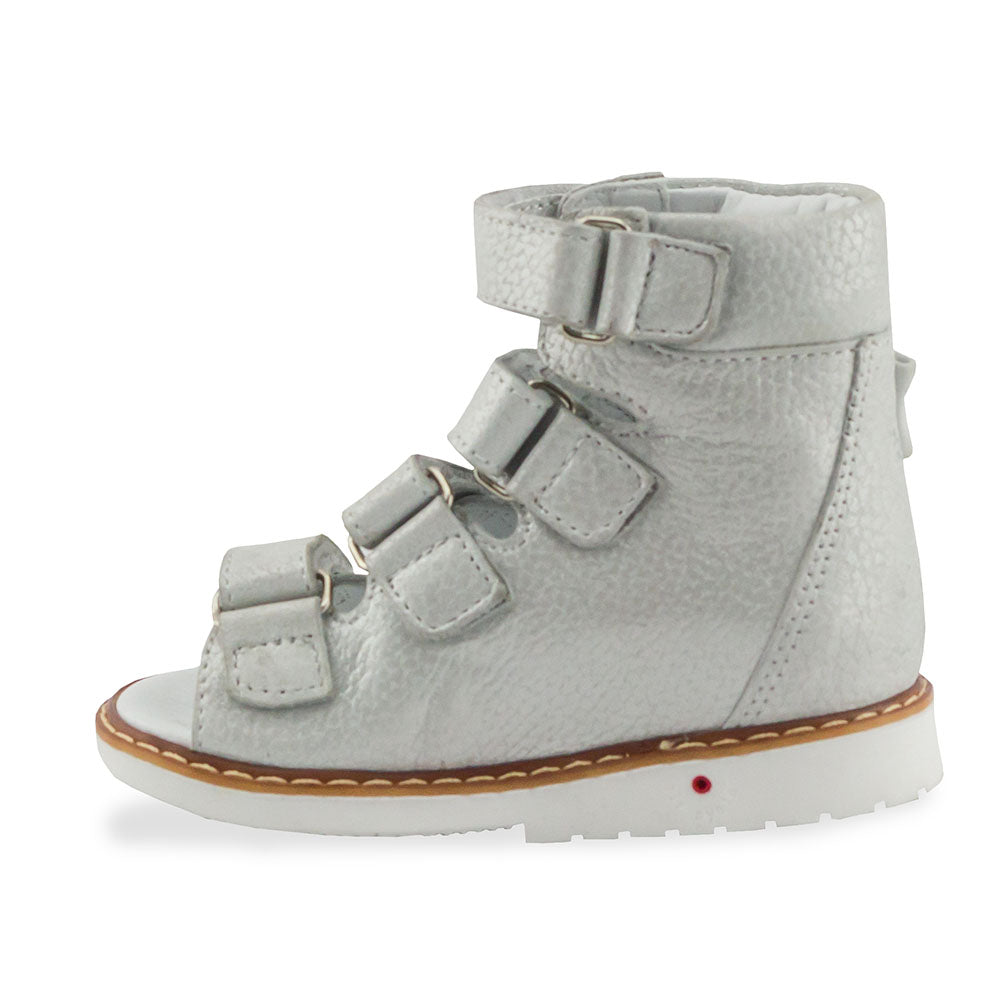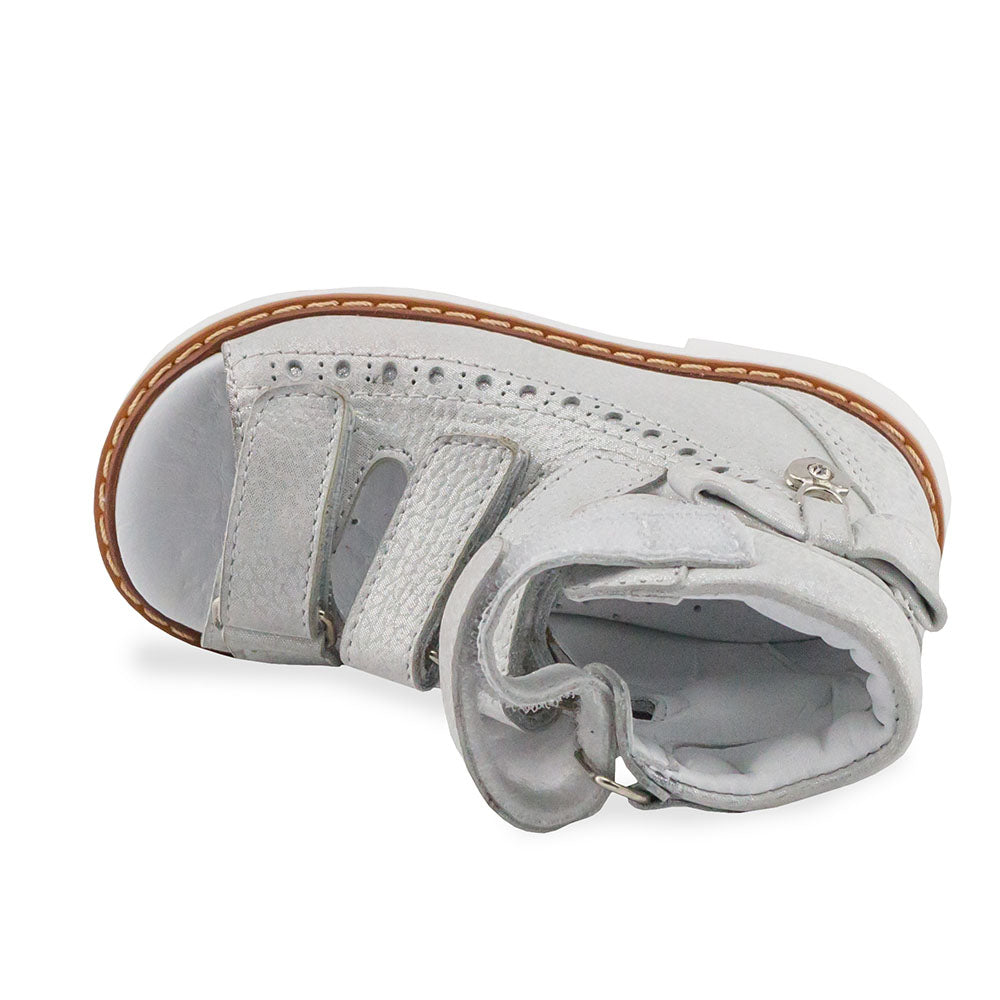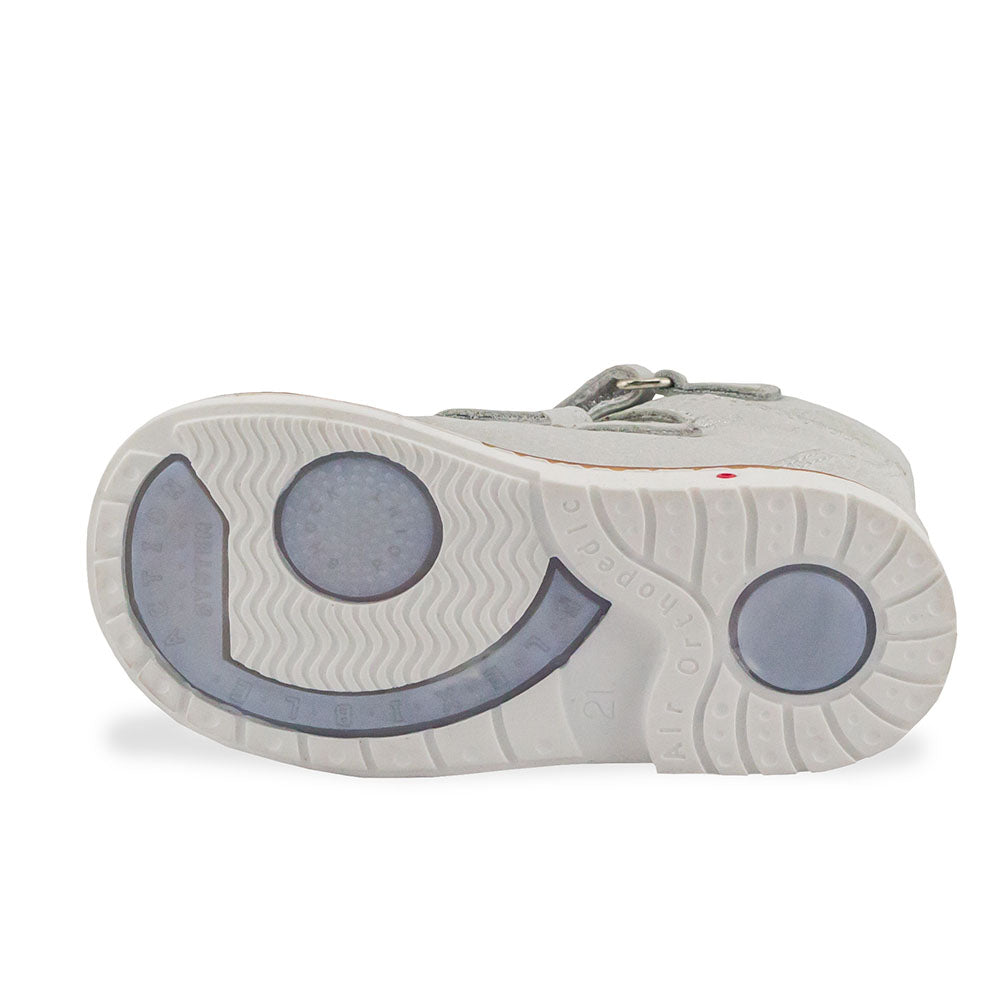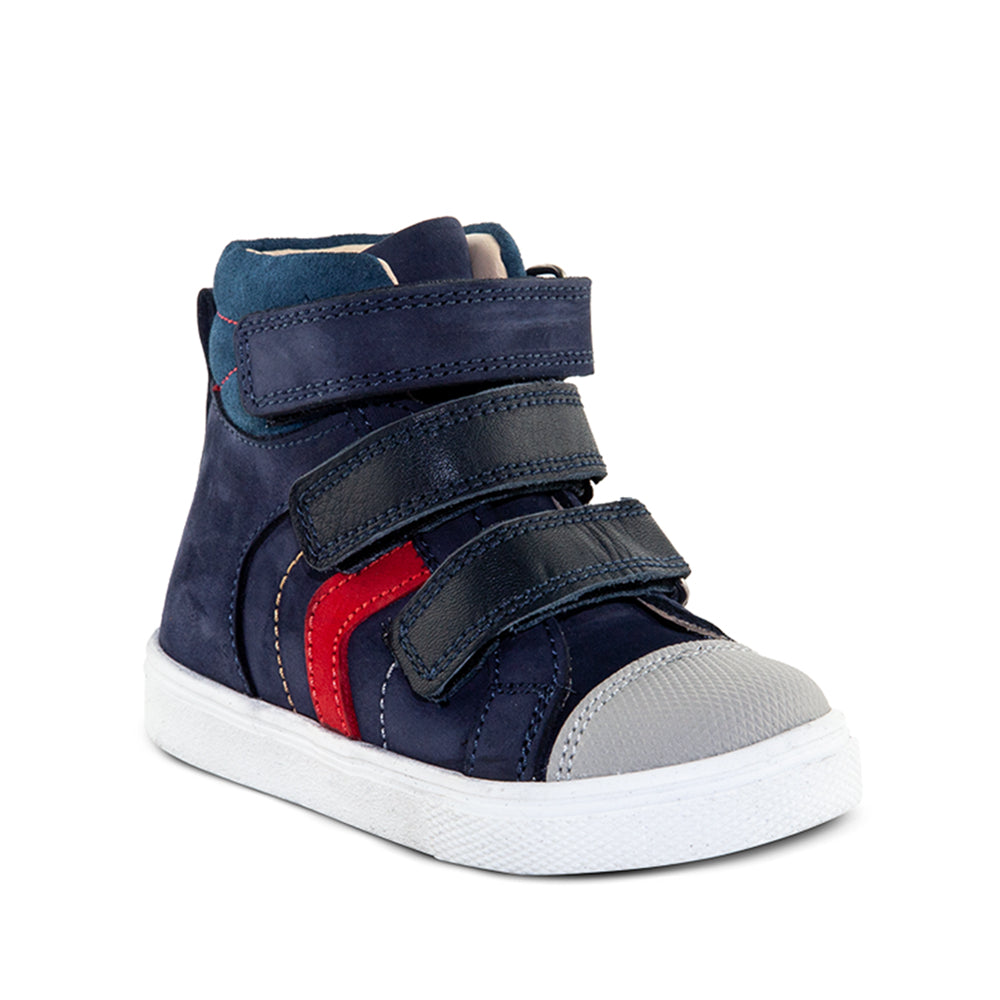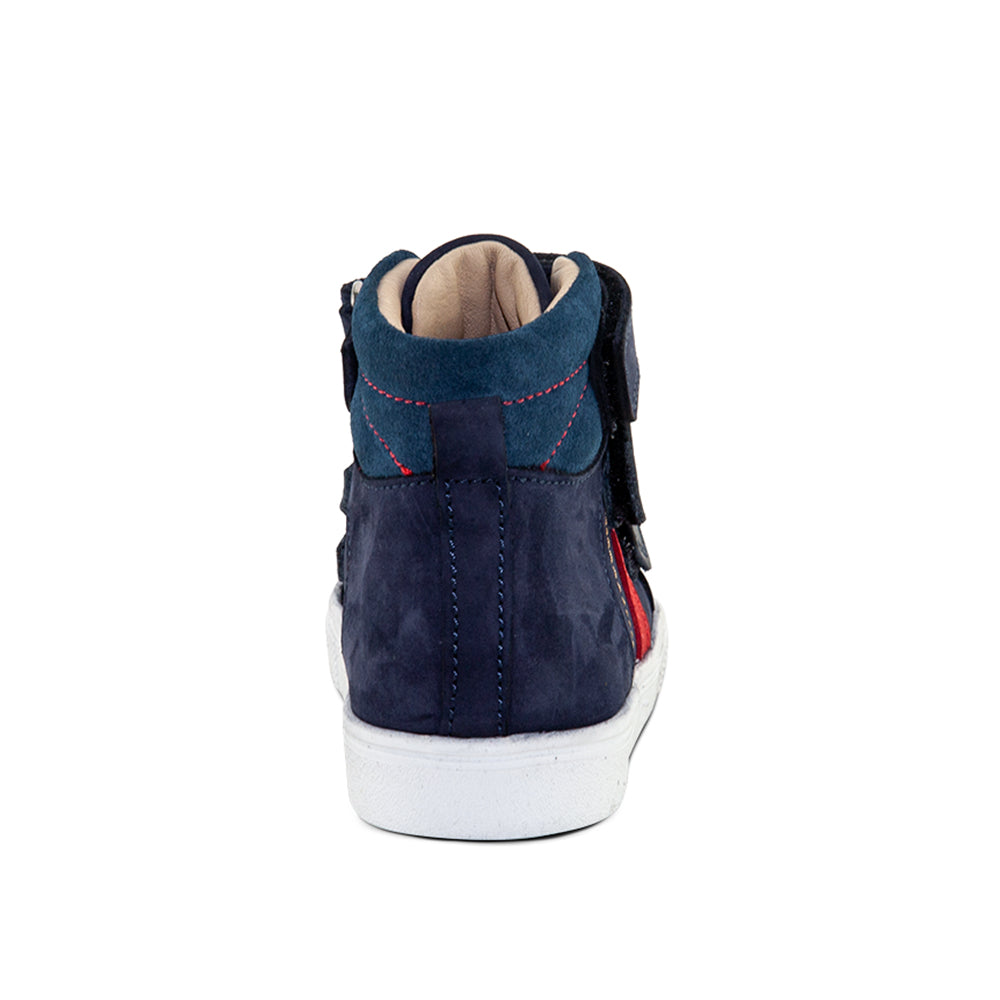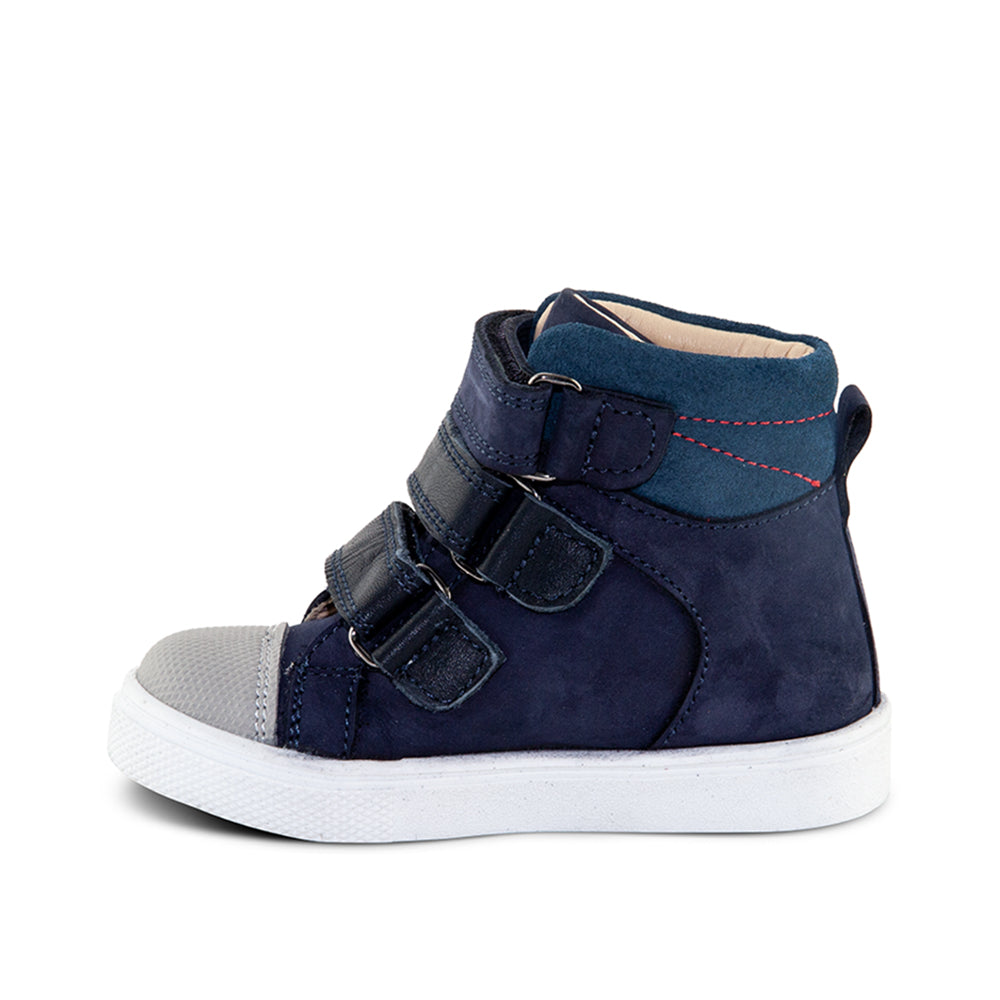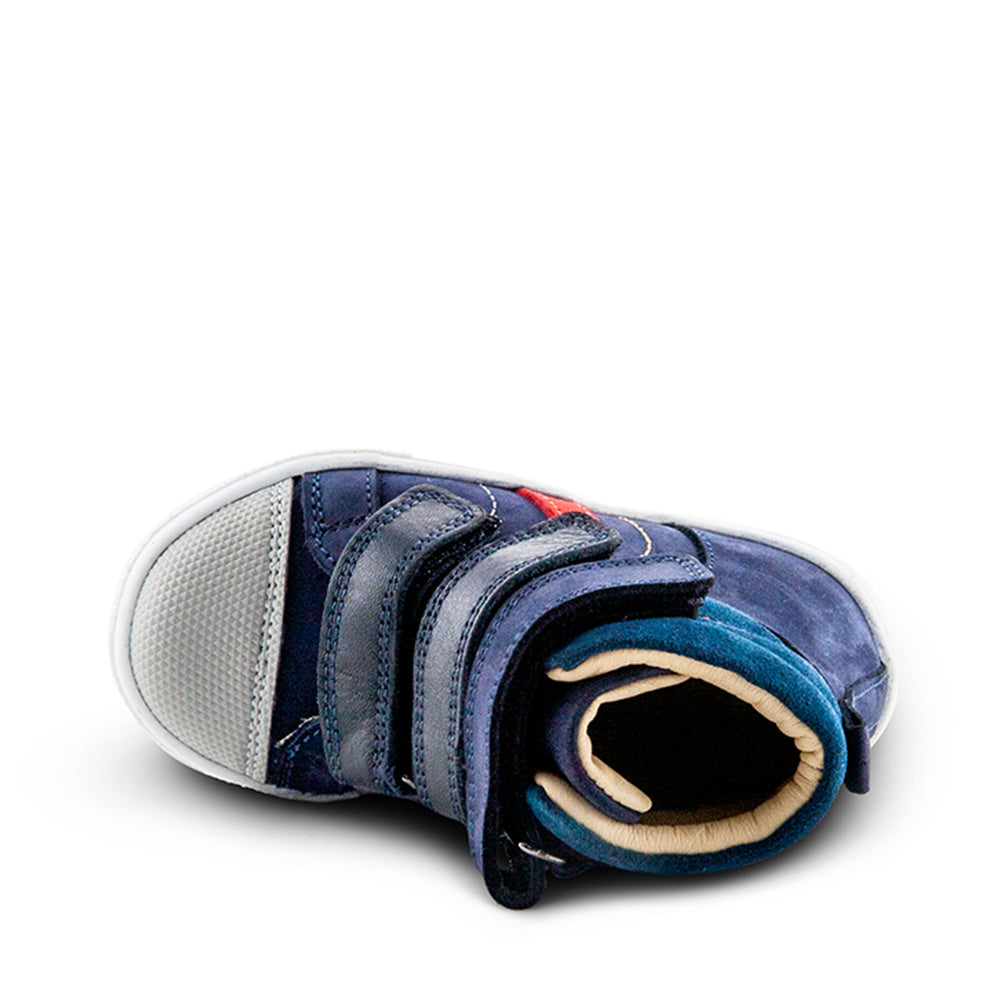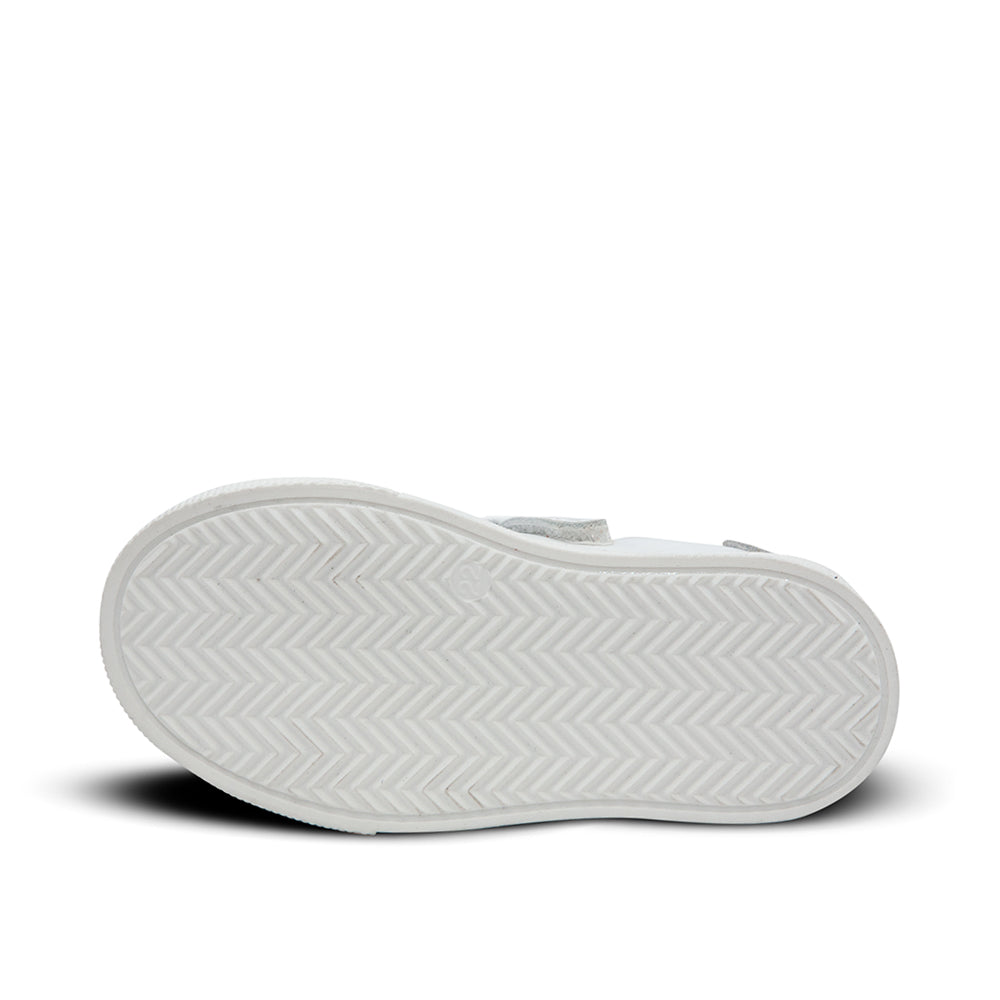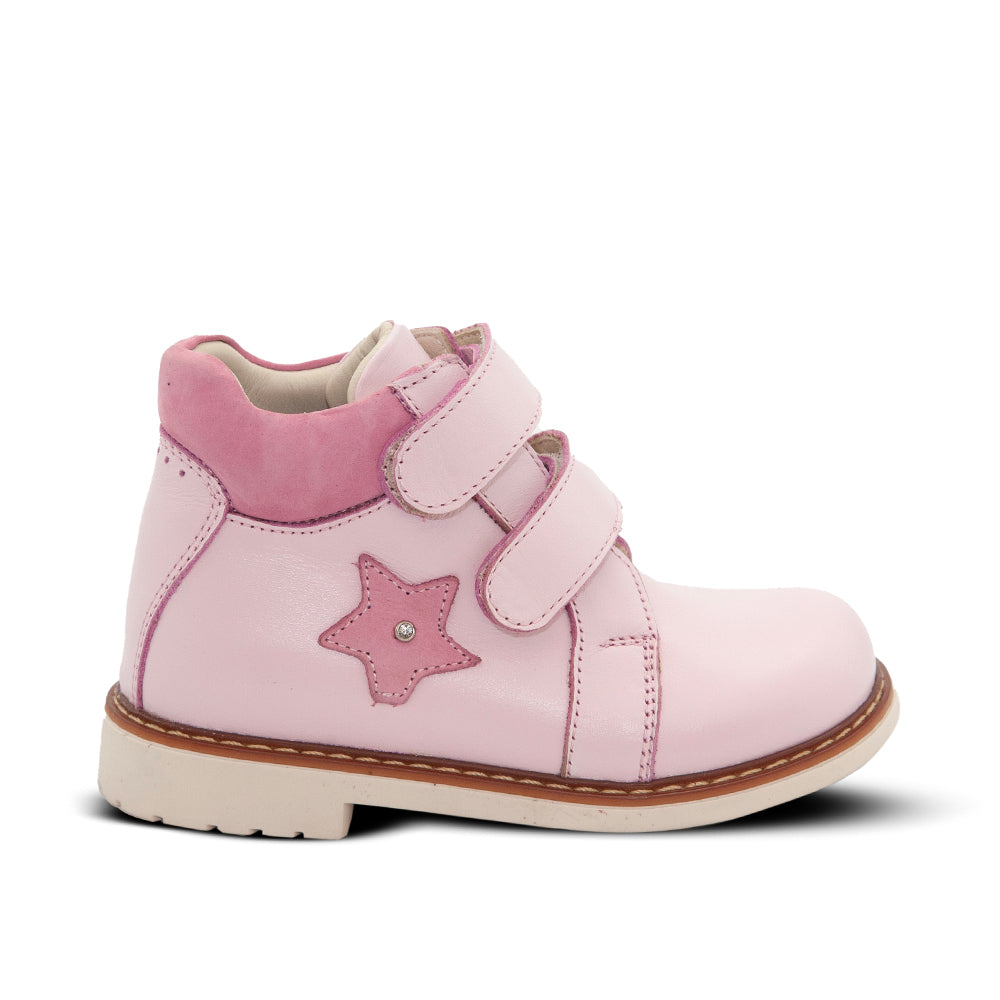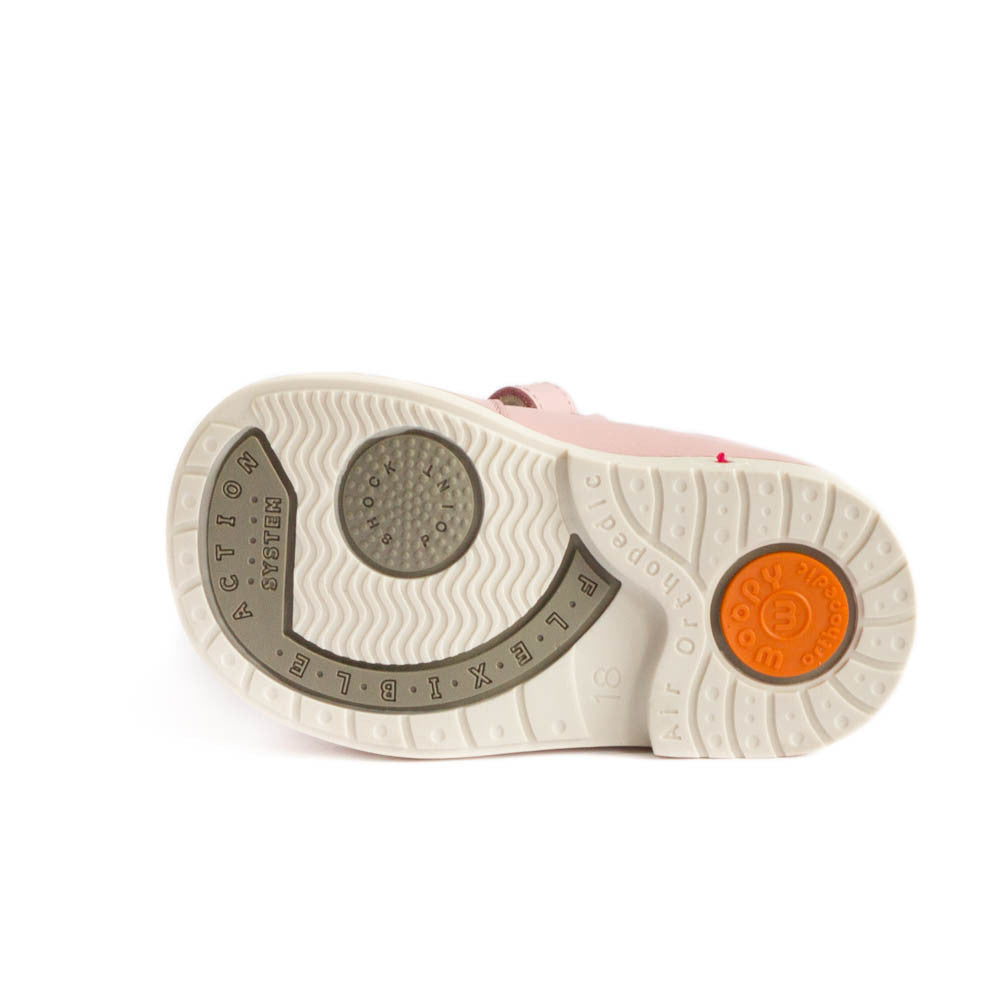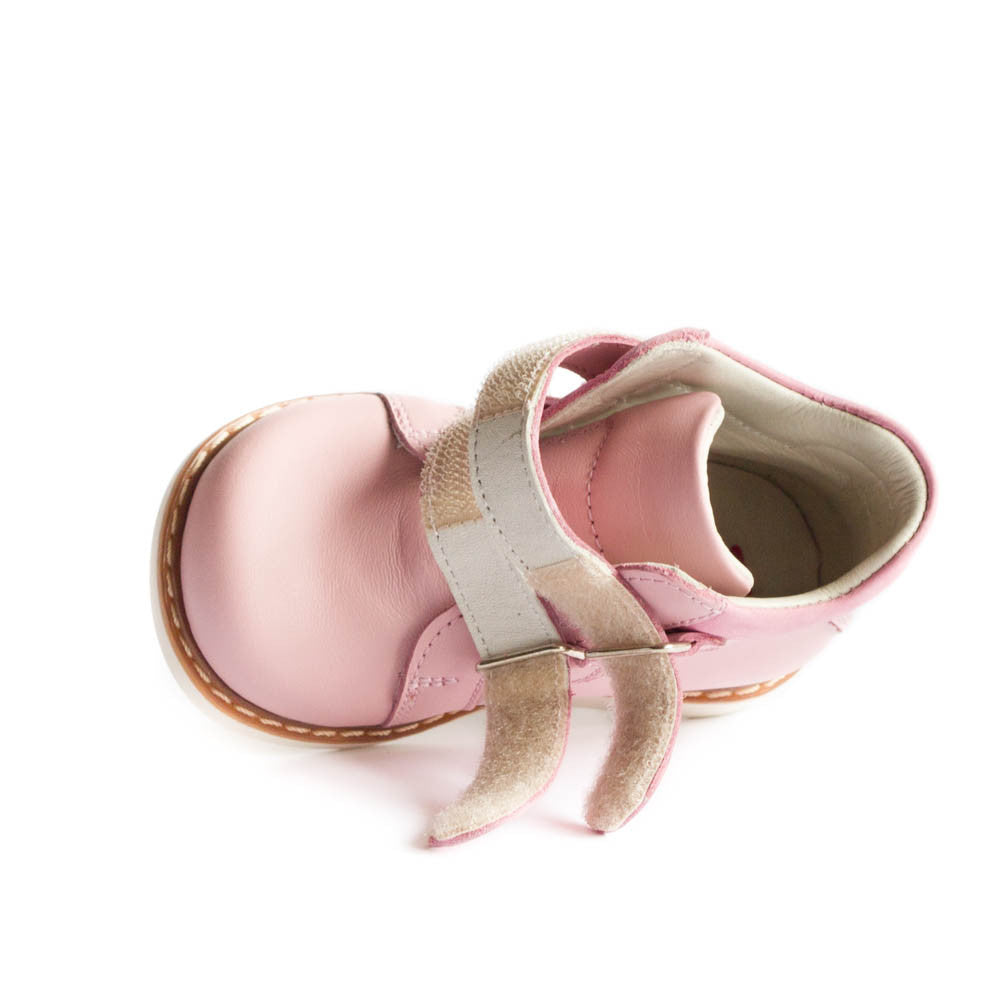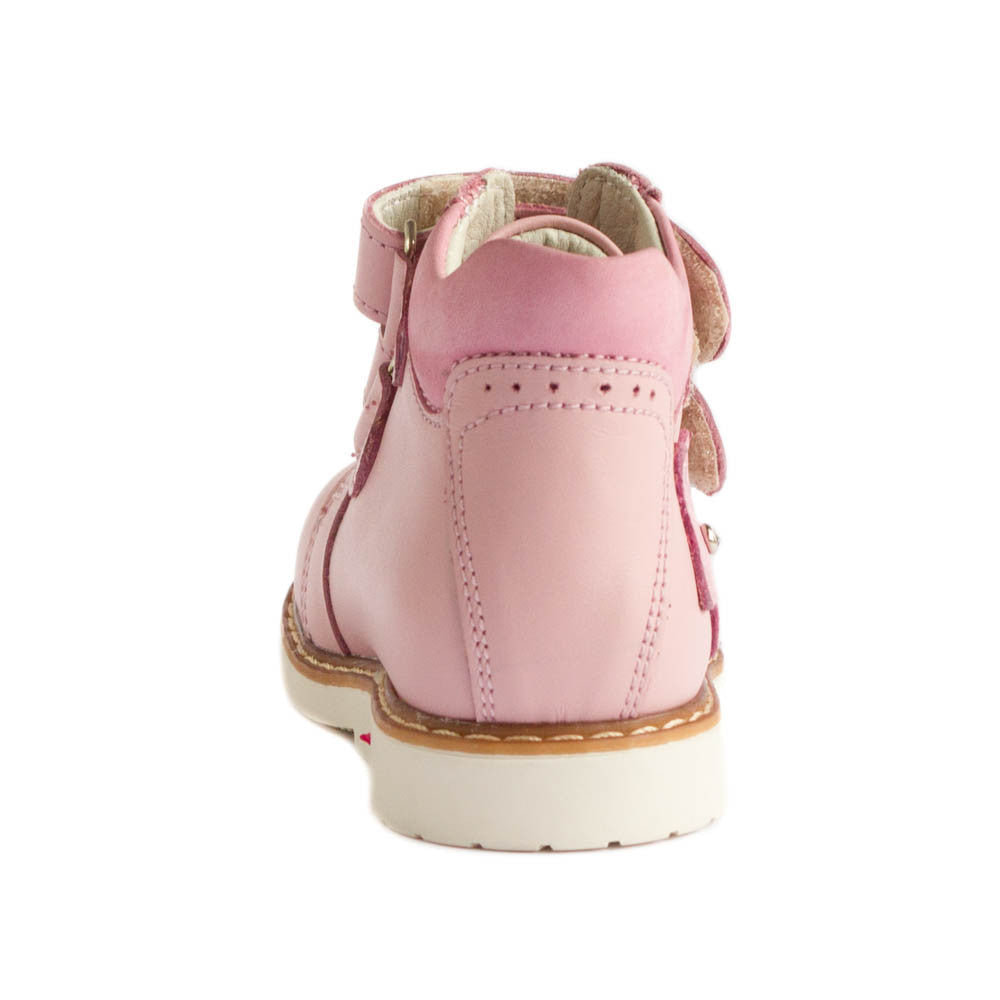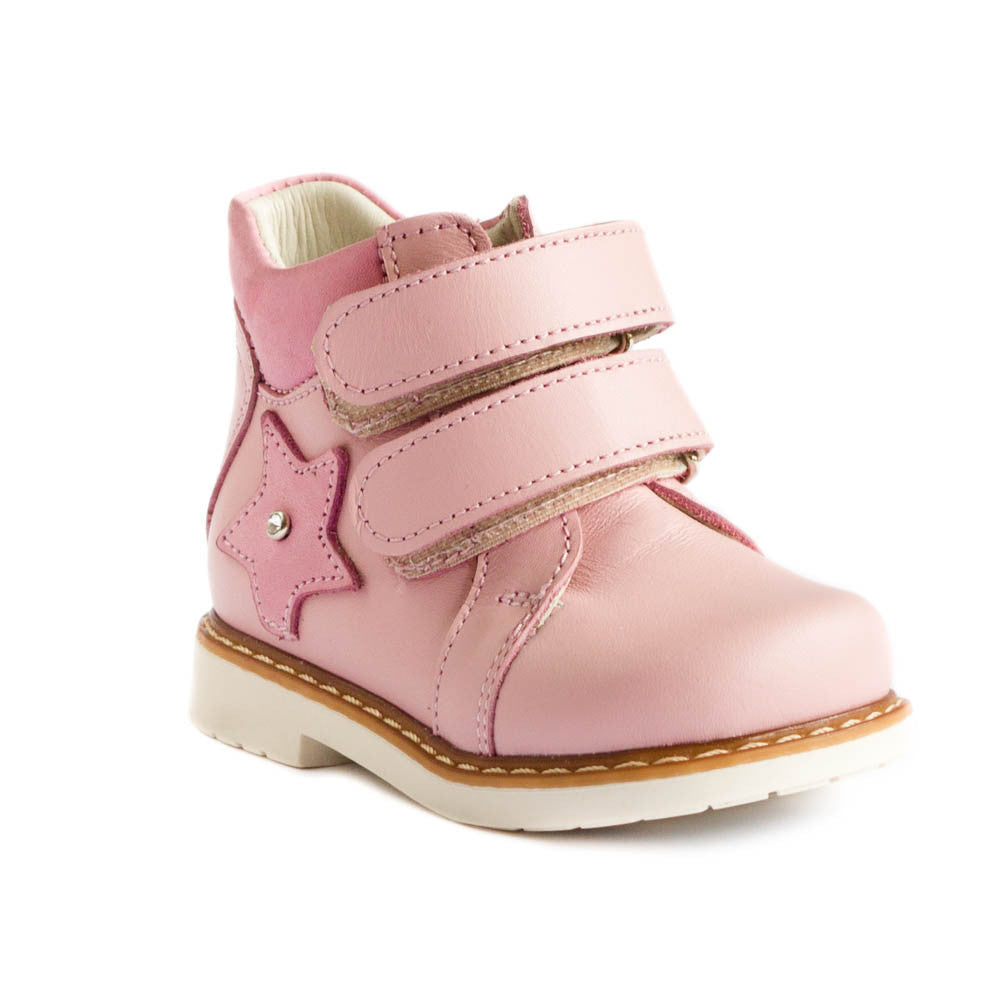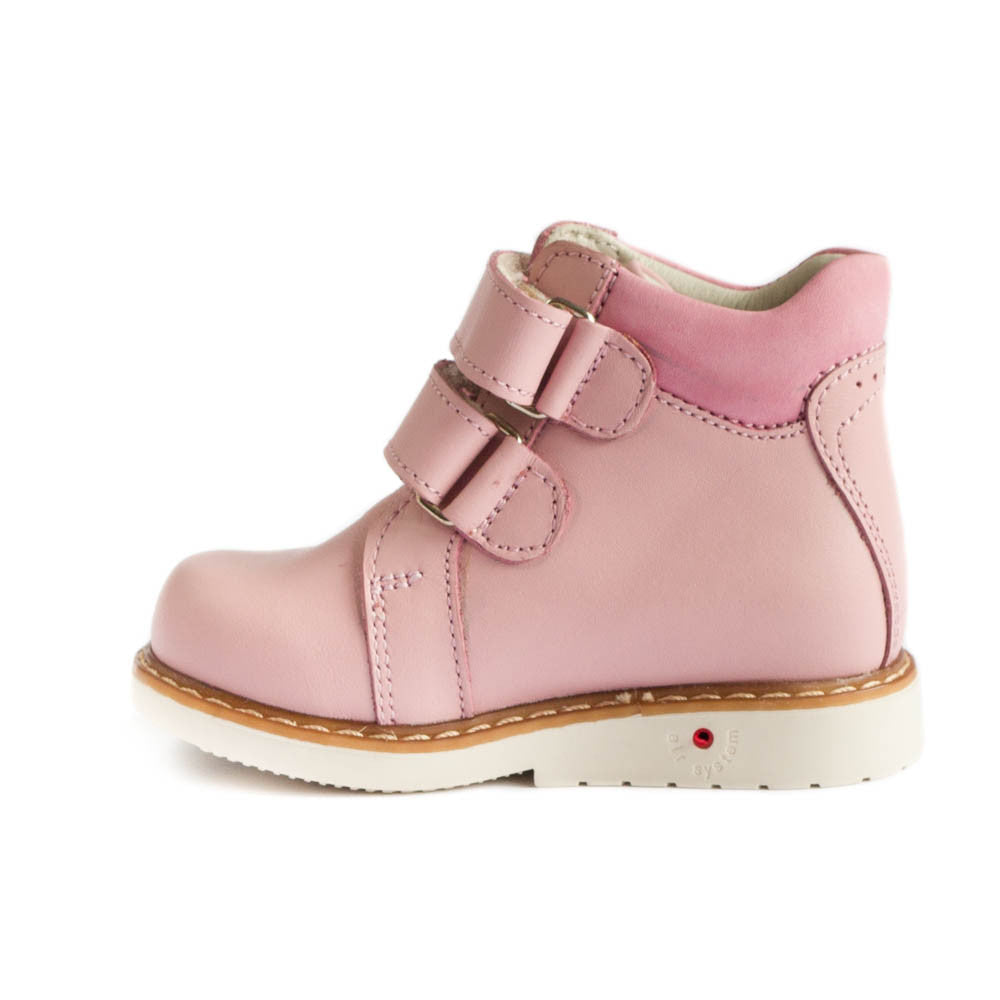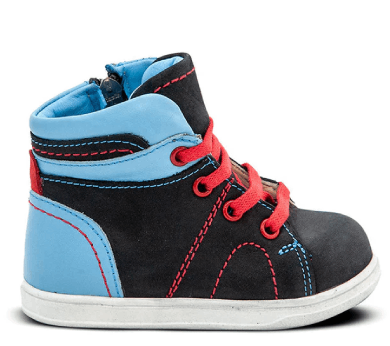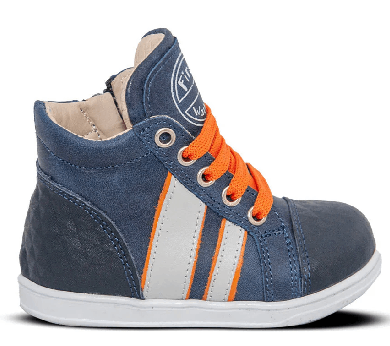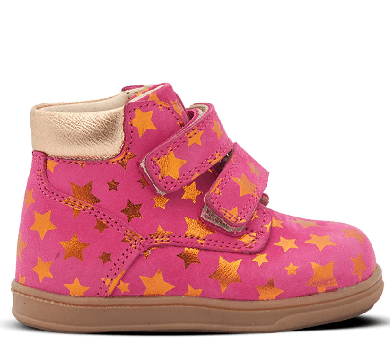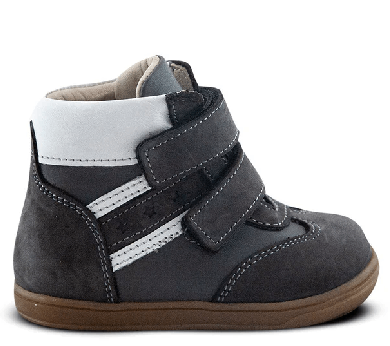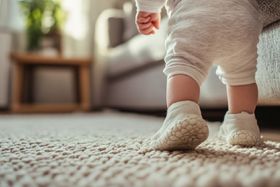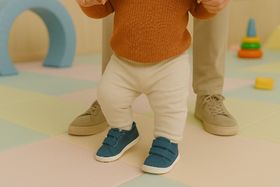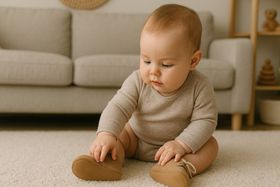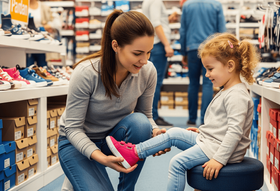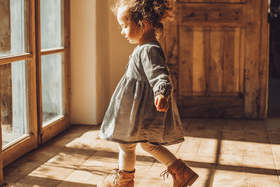10 Best Shoes for Babies Learning How to Walk: First Steps
Did you know the wrong pair of shoes could turn your baby’s precious first steps into a wobbly, uncomfortable stumble—or even slow their development?
Updated May 6, 2025
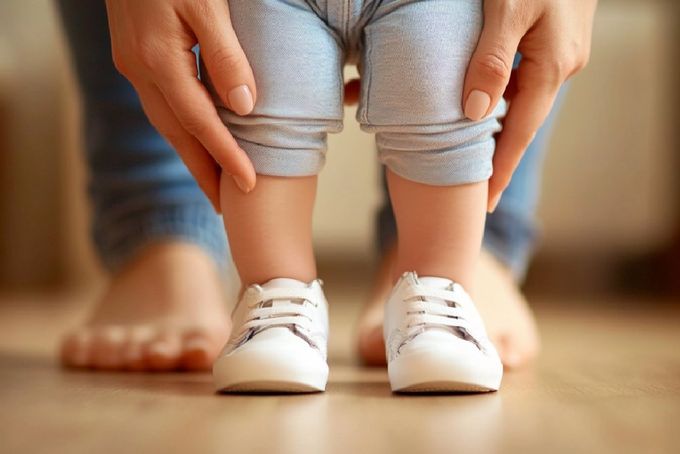
Your baby’s first steps are a milestone you’ll never forget—but what happens when their tiny toes are squeezed into stiff, ill-fitting shoes? Many parents unknowingly choose cute designs over functionality, opting for rigid soles, synthetic materials, or bulky styles that restrict natural movement.
Every misstep isn’t just a temporary setback; it’s a missed opportunity to nurture their confidence and physical growth. And while you’re agonizing over Pinterest-worthy looks, other parents are quietly opting for shoes that actually support healthy development.
The right shoes don’t just protect tiny feet—they empower them. This guide reveals the best shoes for babies learning to walk. You’ll discover top-rated options that blend safety, comfort, and durability—so your baby can toddle freely (and you can stop worrying about hidden harm).
» Support your baby while they're learning to walk with orthopedic shoes
Our Top 10 Picks for the Best Shoes for First-Time Walkers
Why Your Baby's First Steps Are a Big Deal
Watching your baby take their first steps is pure joy—but it’s also a big challenge for them! This stage is all about building stronger muscles, improving balance, and learning how to move their body.
Your little one is also developing confidence, figuring out where obstacles are, and getting motivated to keep going. These skills make learning to walk a unique and exciting milestone.
Did You Know?
Your toddler’s body is working hard during this stage! They’re learning to shift their weight, keep their balance, and place their feet just right. These skills help them walk confidently and set the foundation for running, jumping, and more in the future.
» Discover the gross motor development milestones in preschoolers
10 Best Shoes for Babies Learning to Walk
What Should You Look for in Shoes for Your Baby Learning to Walk?
Choosing the right shoes for your baby’s first steps is crucial for their comfort and development. Here are four key features to prioritize:
- Secure Fit: Look for shoes with adjustable closures, like Velcro straps or laces, to keep them snug. A secure fit prevents slipping, reduces tripping, and supports stable steps.
- Wide Toe Box: A roomy toe box lets your baby spread their toes naturally for better grip. This prevents discomfort and supports healthy foot development.
- Flexible Sole: A thin, flexible sole helps your baby feel different surfaces, like grass or pavement. This builds balance, strengthens foot muscles, and boosts confidence.
- Lightweight Material: Lightweight shoes make walking easier and less tiring. They allow natural foot movement and let your baby explore comfortably.
Check with your pediatrician or a shoe specialist to find the perfect fit for your little one.
» Check out our list of the best orthopedic shoes for toddlers
How to Help Your Baby Walk Confidently at Home
Your baby’s first steps are a big milestone! Whether they’re barefoot, in socks, or wearing shoes, these tips will help them build confidence and balance in a safe, fun way.
1. Barefoot Walking
- Let your baby walk on safe, textured surfaces like a soft rug or clean hardwood to boost their balance and body awareness.
- Place toys just out of reach to encourage steps. Cheer them on to make it exciting!
- Keep floors clean and free of sharp objects to protect tiny feet.
Tip: Try a cushioned mat or smooth pebbles in a tray for a fun sensory experience.
» Find out if your baby should wear shoes while learning to walk
2. Socked Walking
- Choose socks with non-slip grips to prevent slips on slick floors like tile.
- Avoid thick socks that block the feel of the floor, as this helps your baby stay balanced.
- Create a playful walking path with colorful tape or pillows to keep them moving.
Tip: Check that socks fit snugly without squeezing toes.
» FInd out when your baby should start wearing hard-soled shoes
3. Shod Walking
- Ensure shoes are lightweight, flexible, and snug (check the fit monthly!).
- Set up safe “terrains” like a folded blanket or low step to build adaptability.
- Make it fun with a toy-filled pathway or a soft obstacle course (e.g., step over a pillow to reach a teddy bear).
Tip: Alternate shoe time with barefoot play to keep feet strong.
» Discover if it's dangerous when your toddler walking with a wide stance
4. Keep It Safe and Fun
- Clear away hazards like sharp edges or small objects to prevent trips.
- Stay close to catch wobbly steps and offer praise for every effort.
- Let your baby explore at their own pace—every step is progress!
Tip: Talk to your pediatrician if you have concerns about your baby’s walking progress.
» Discover the developmental milestones your kid will go through
Help Your Little One Step Confidently Into Their First Adventures
Your baby’s first steps are more than a milestone—they’re the foundation of their physical development and confidence. Choosing the right shoes isn’t about style; it’s about prioritizing flexibility, breathability, and support to nurture their natural movement.
Don’t settle for stiff soles or trendy traps. Revisit the features that matter: lightweight materials, grippy yet flexible bottoms, and snug-but-not-tight fits. Every wobbly step forward should be met with encouragement, not hindered by poor footwear.
If you're seeking proven, pediatrician-approved options, First Walkers specializes in shoes crafted specifically for early walkers. Their ultra-flexible soles, soft leather uppers, and roomy toe boxes align perfectly with developmental needs—turning tentative toddles into joyful strides.
Disclaimer: First Walkers' information is intended for educational and informational purposes related to toddler footwear and feet. We encourage you to consider individual circumstances and consult qualified orthopedists about specific conditions.



